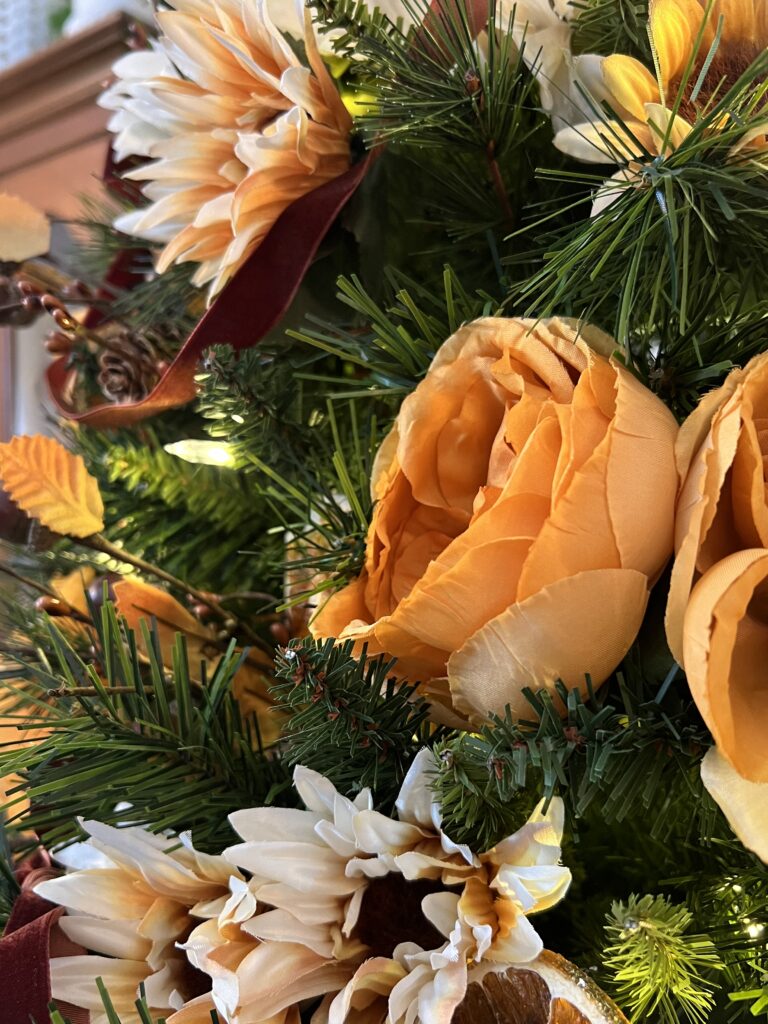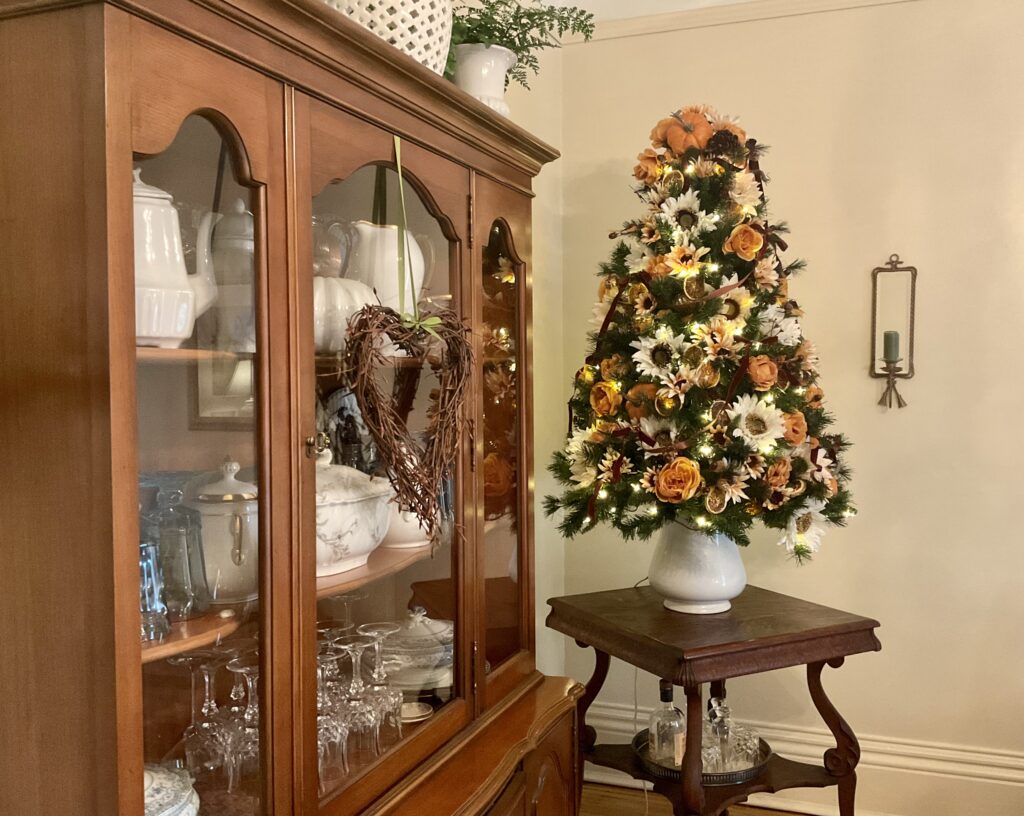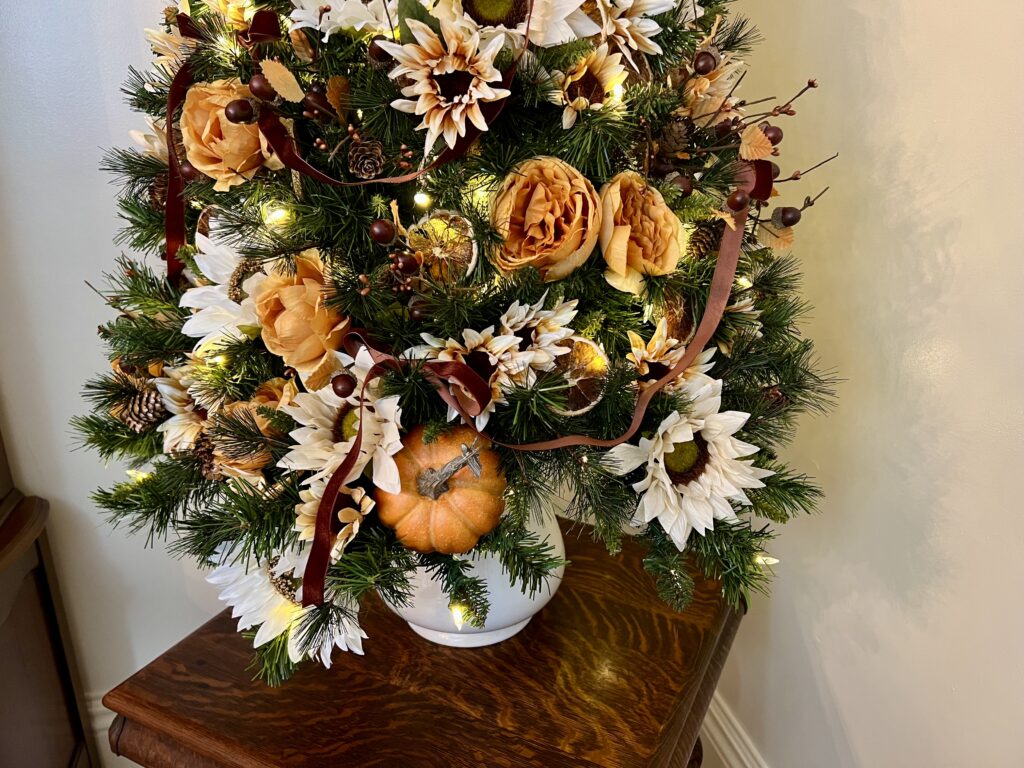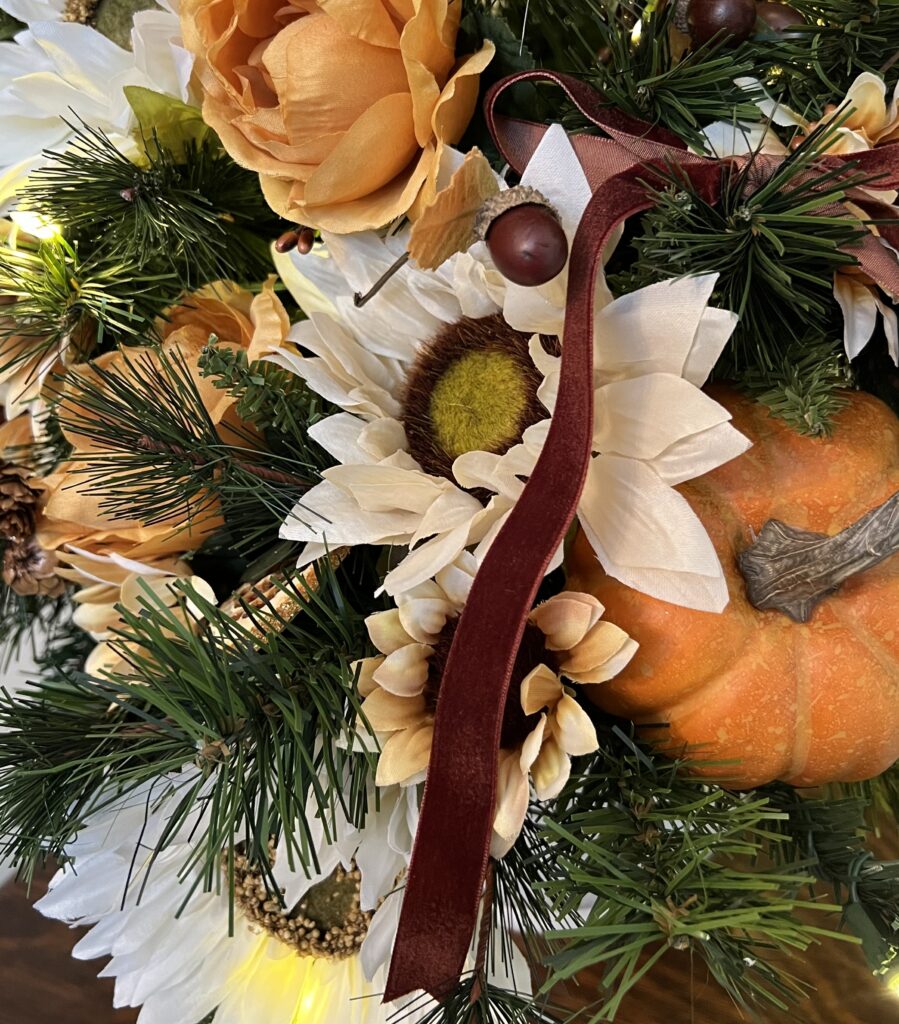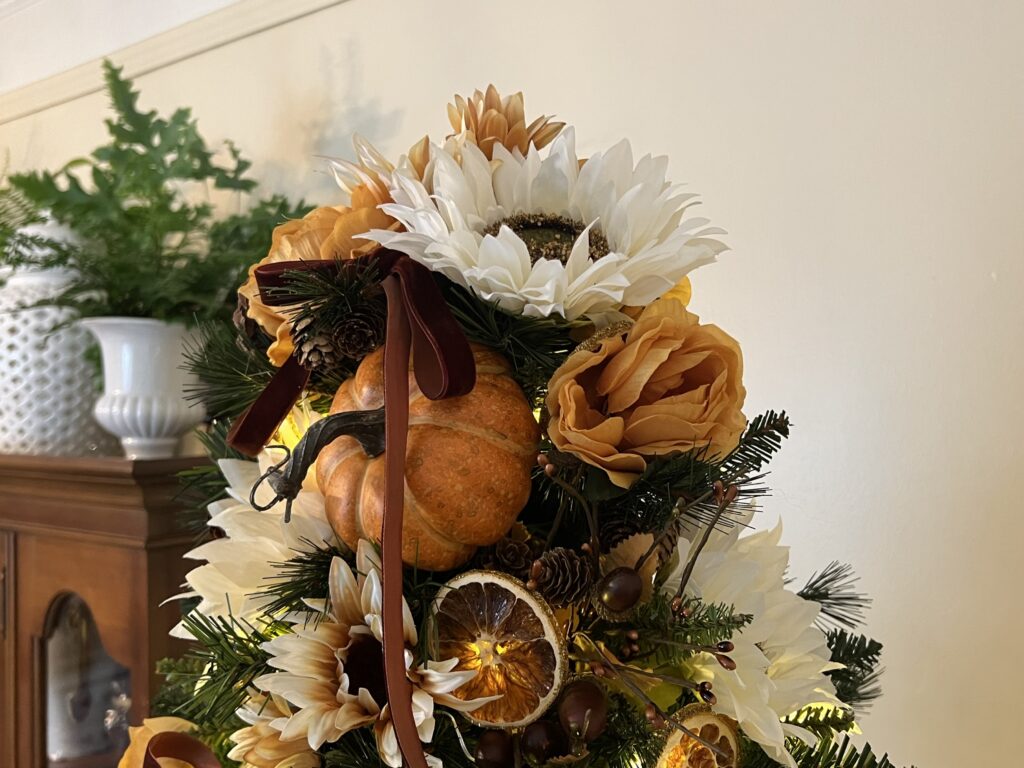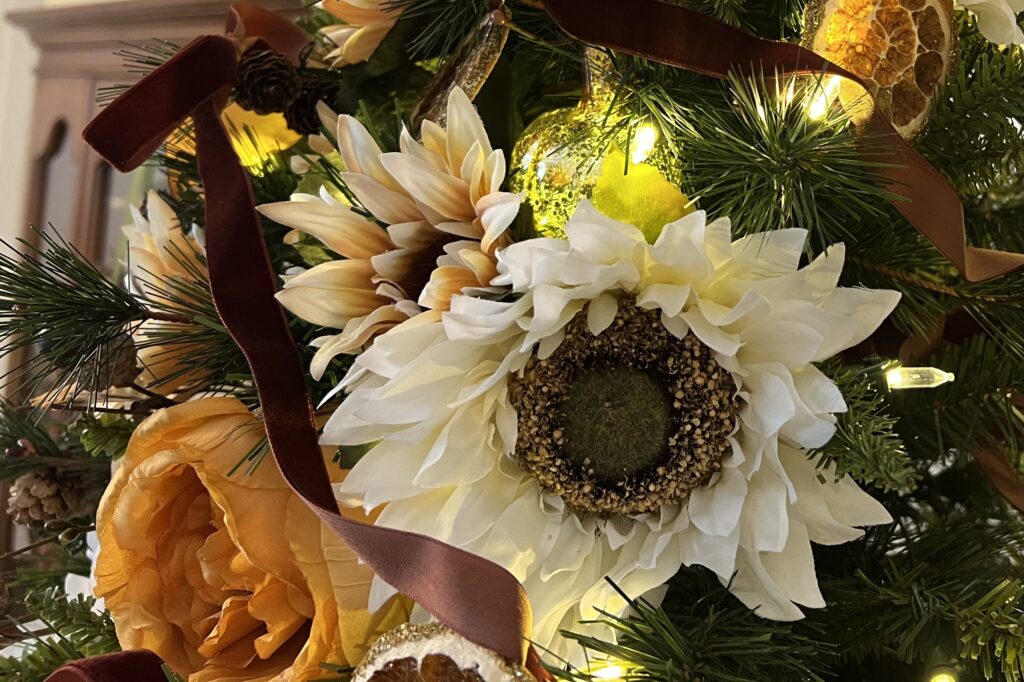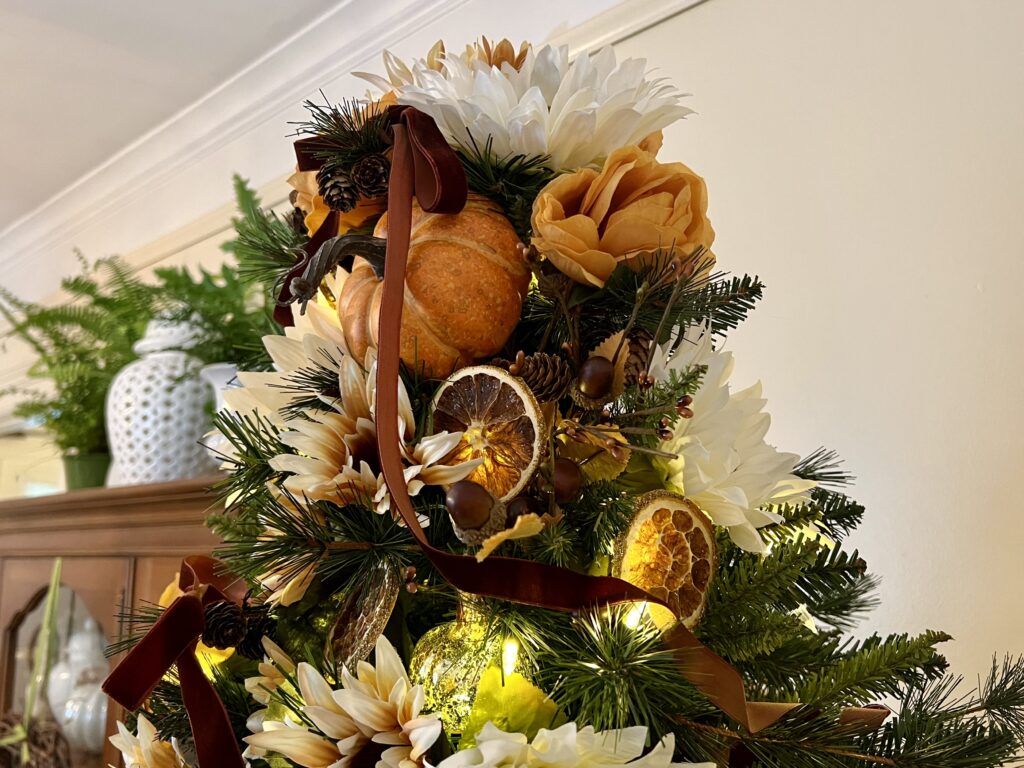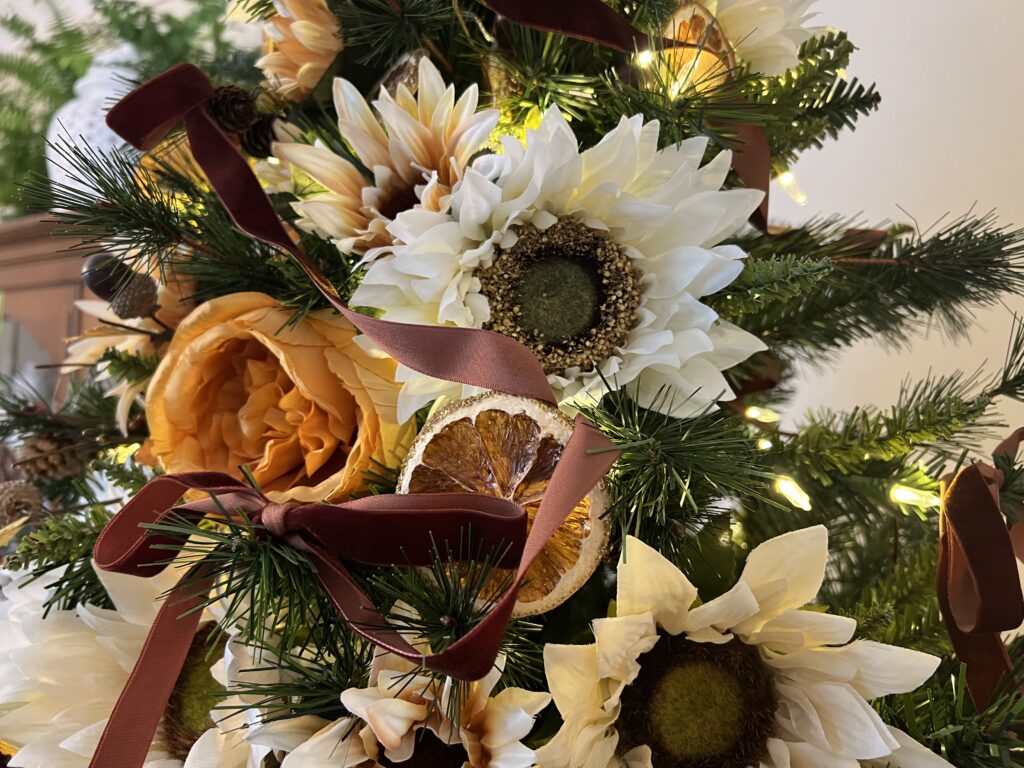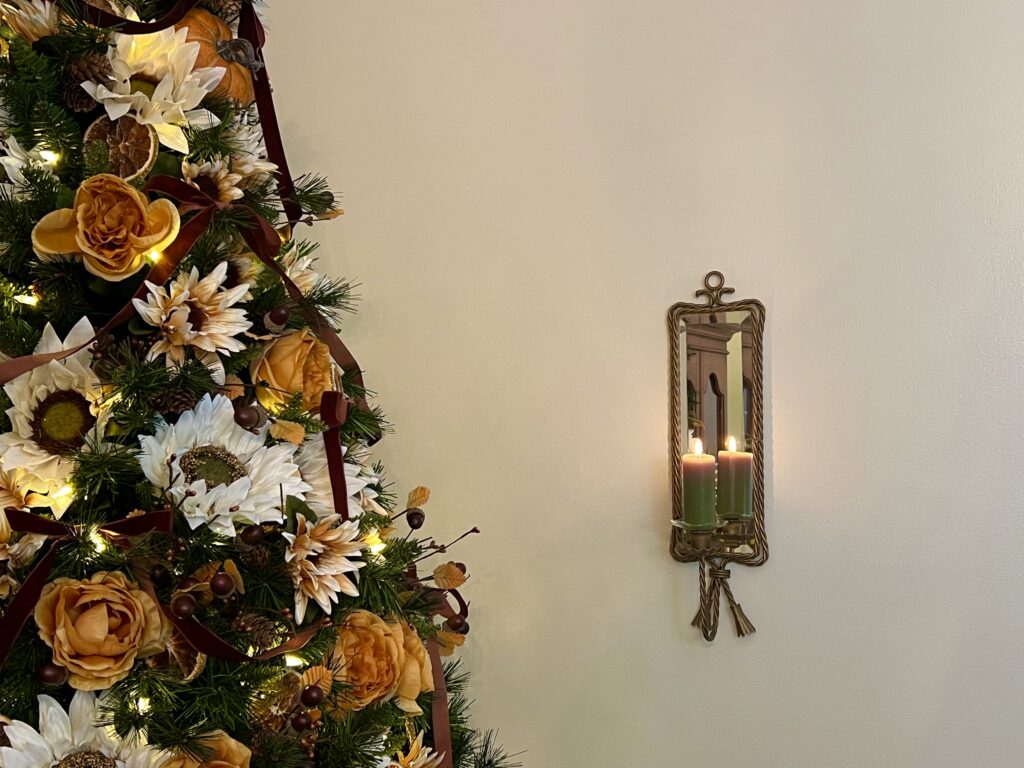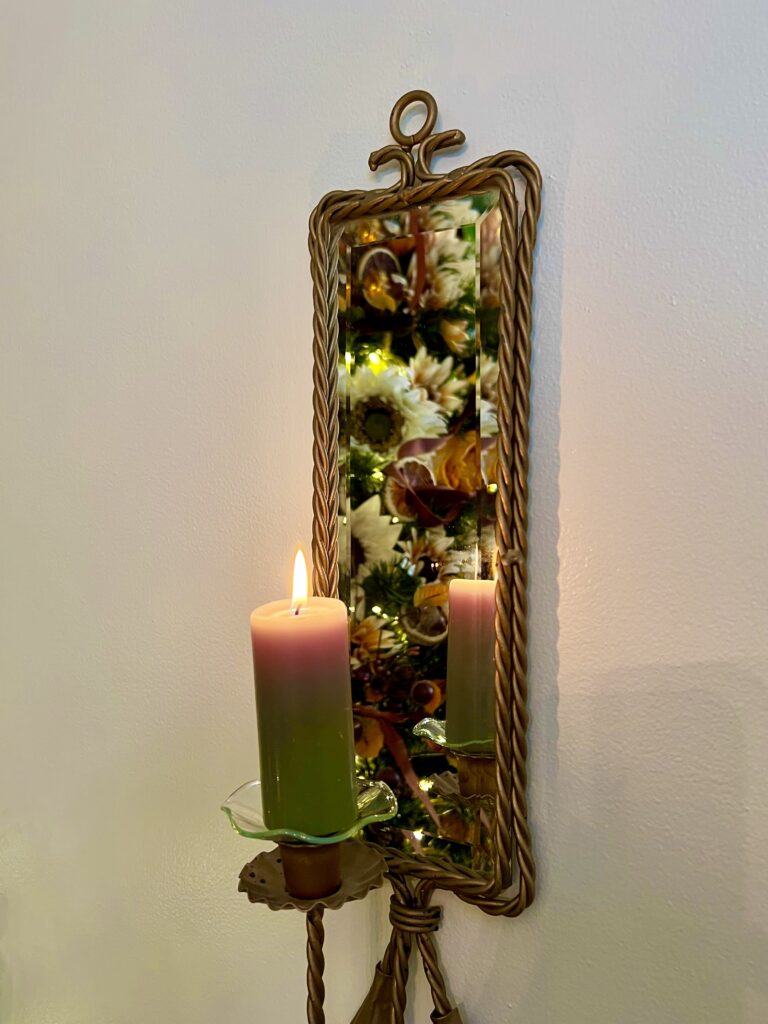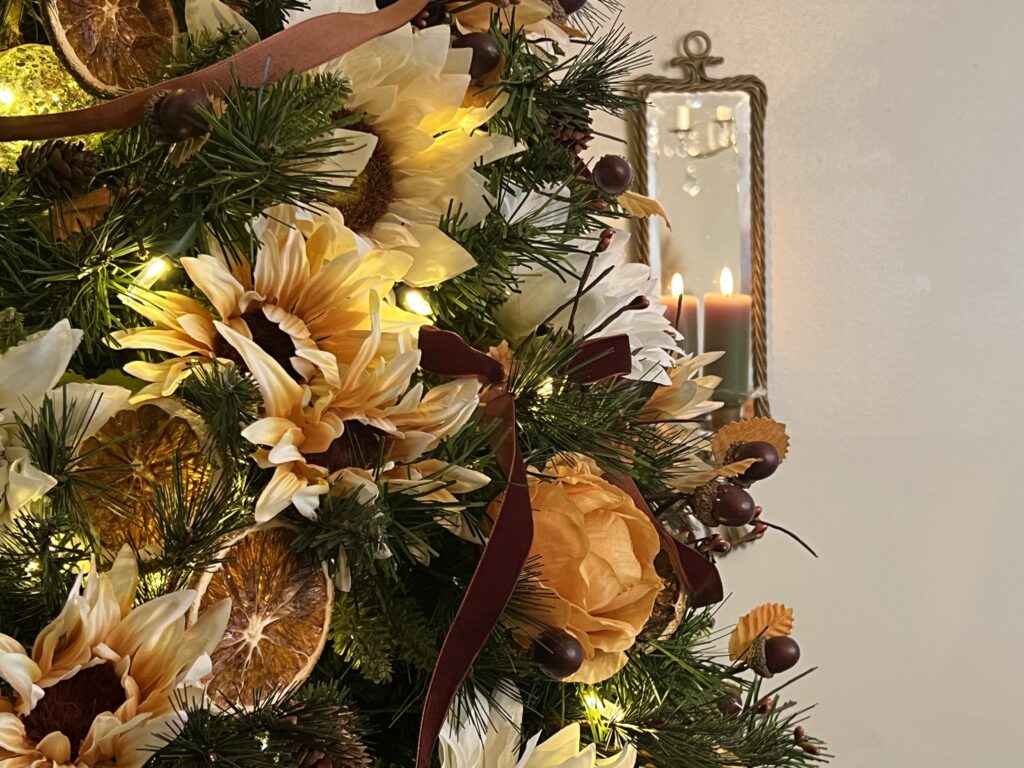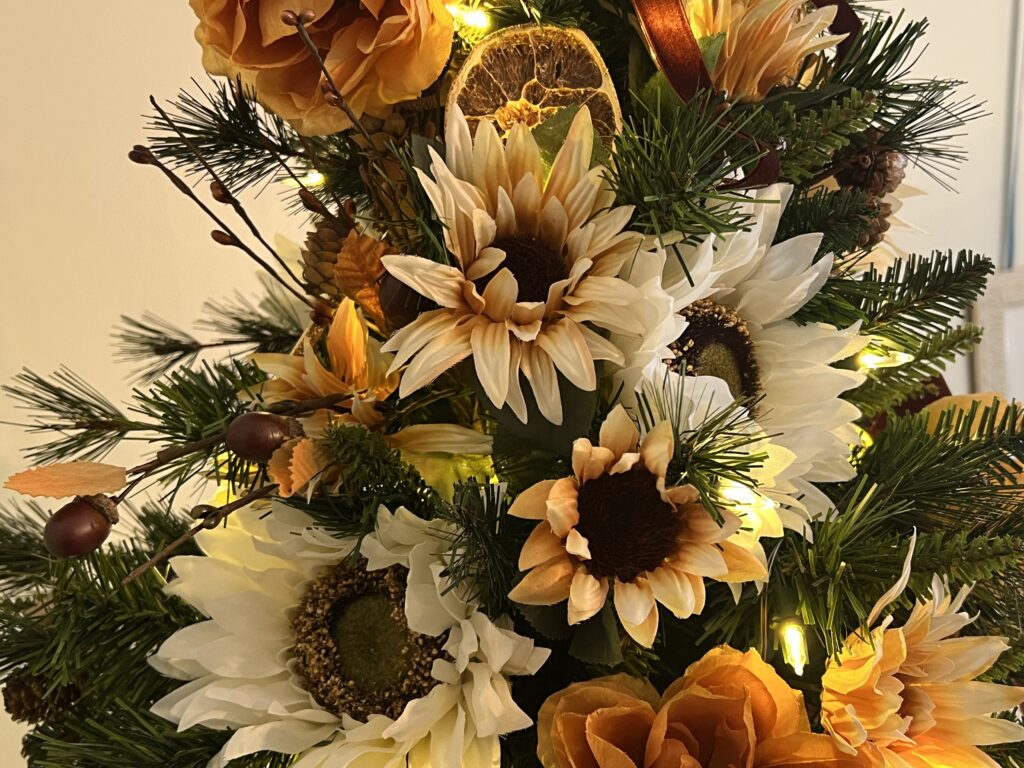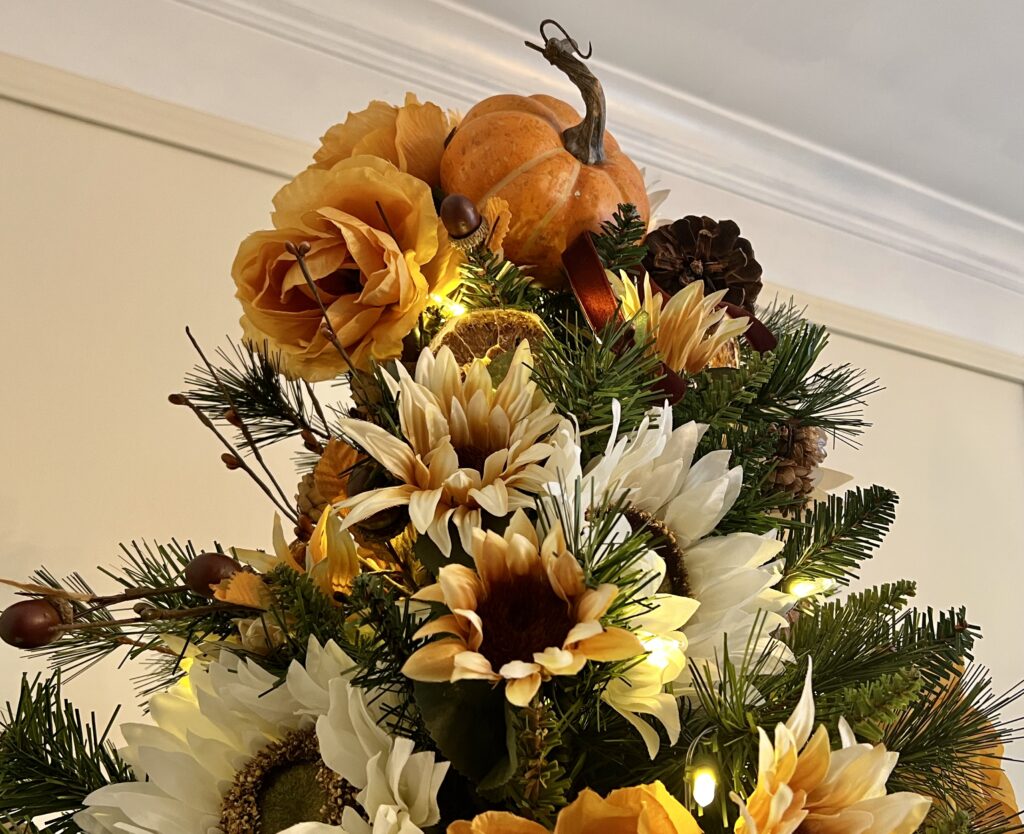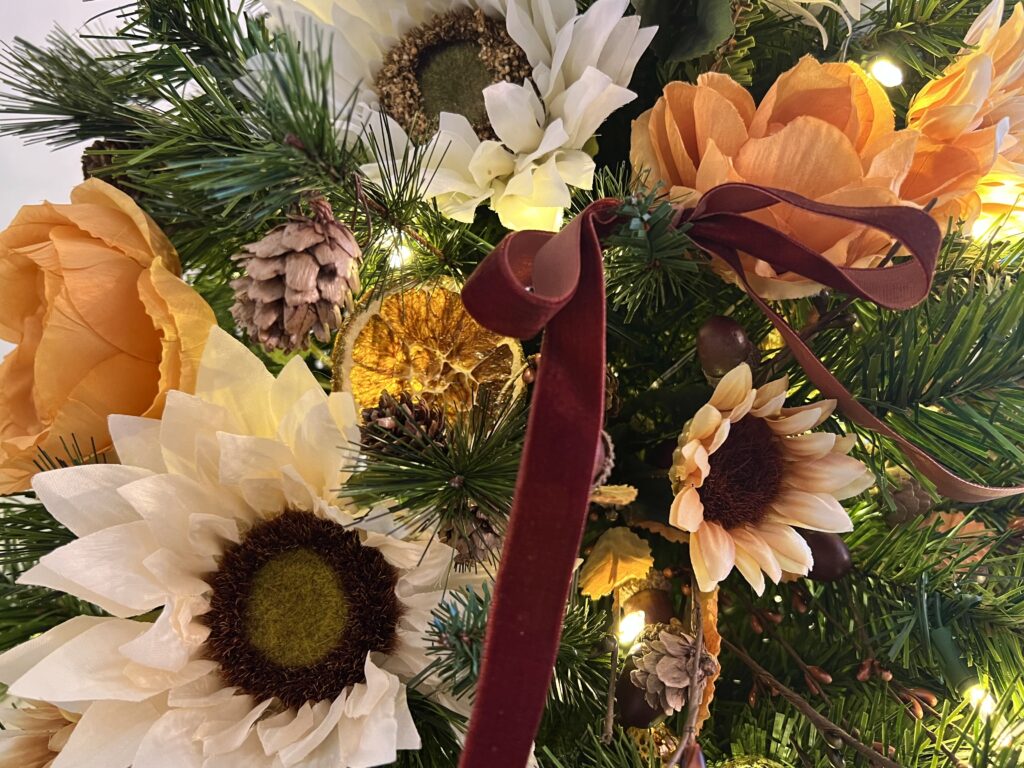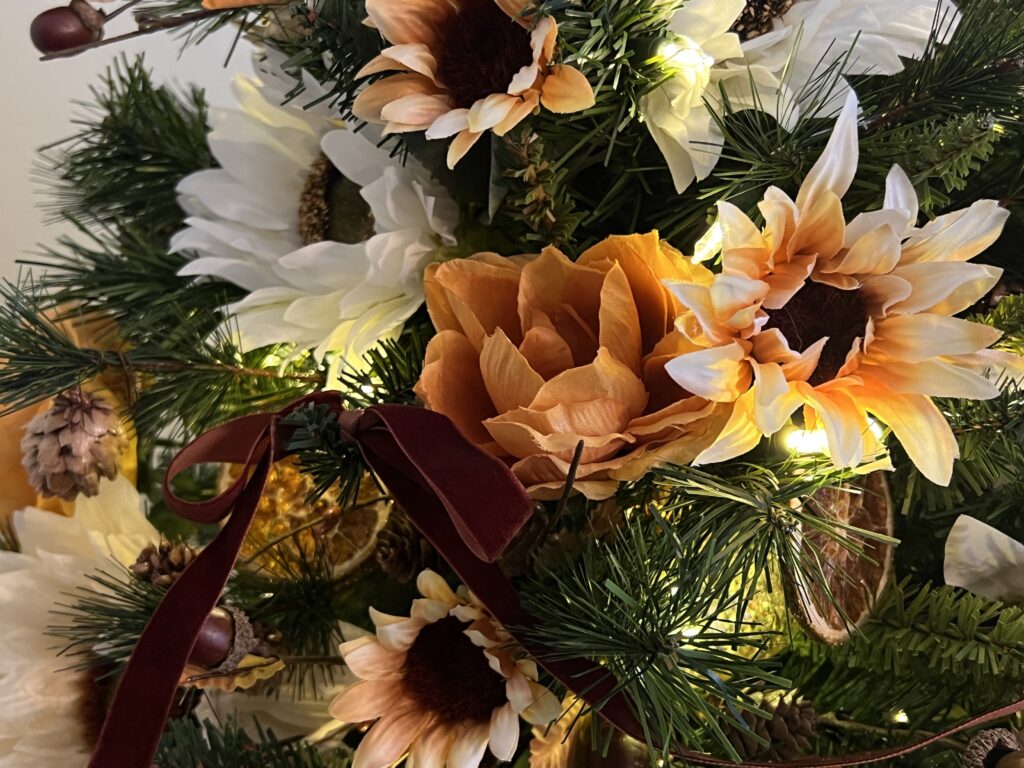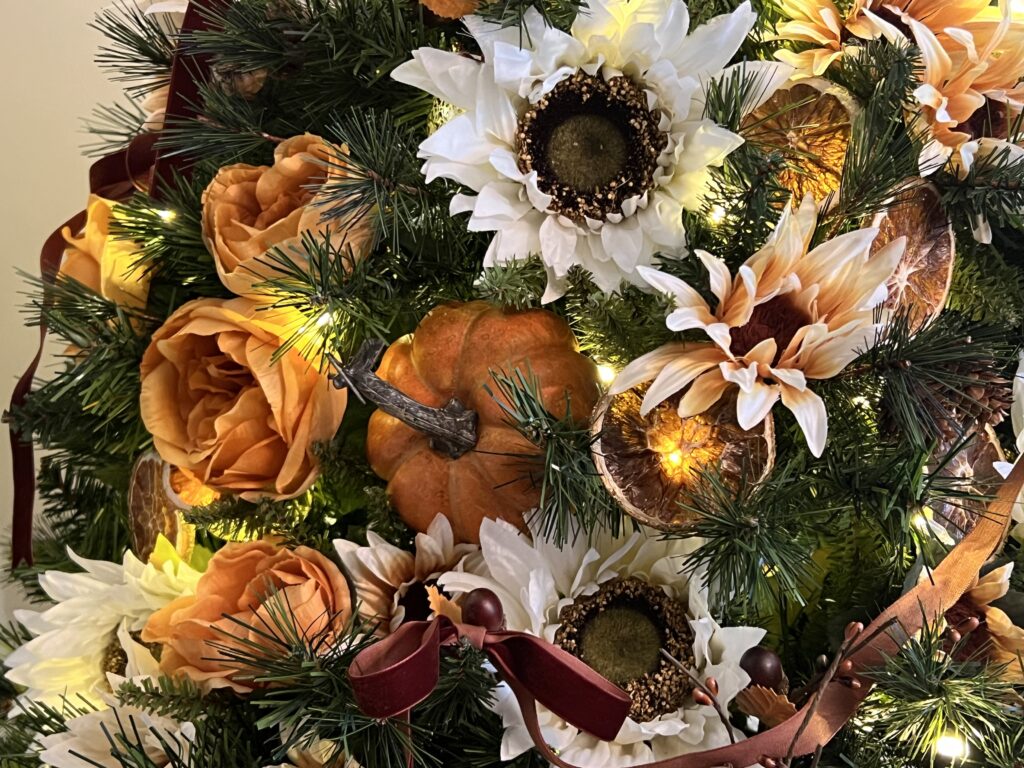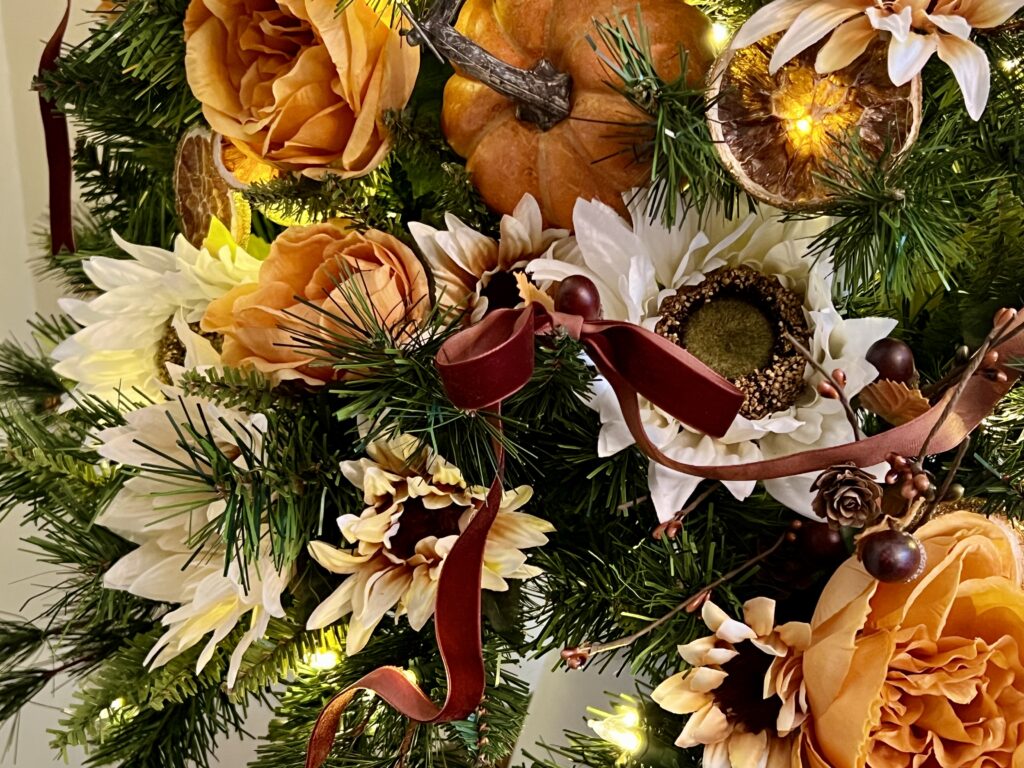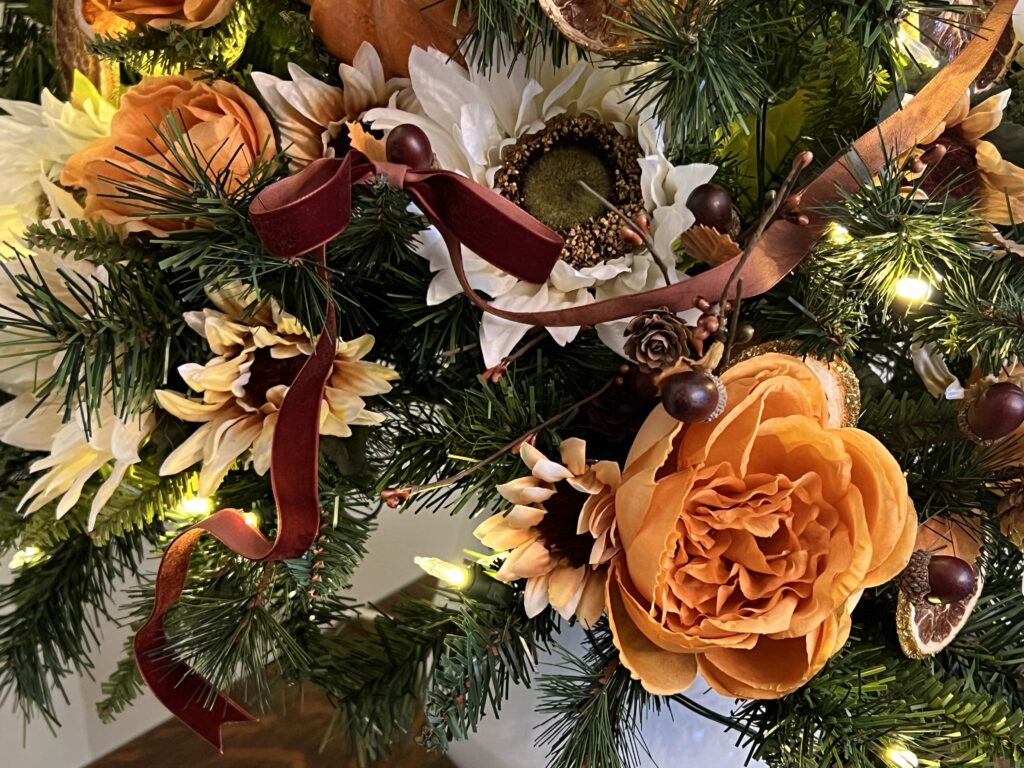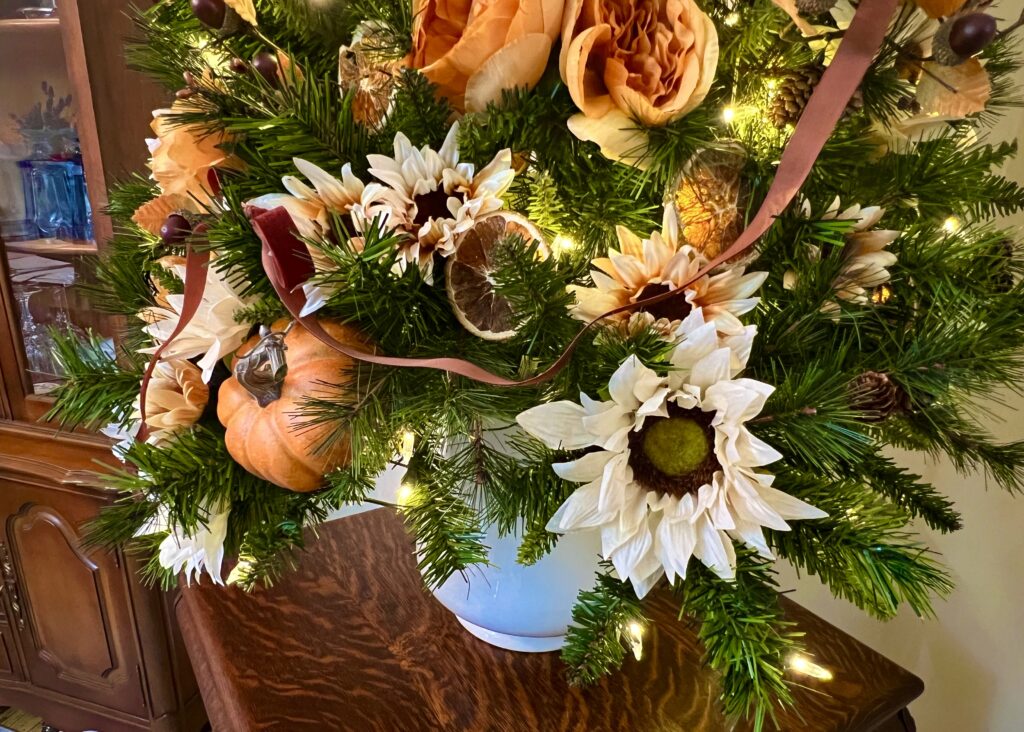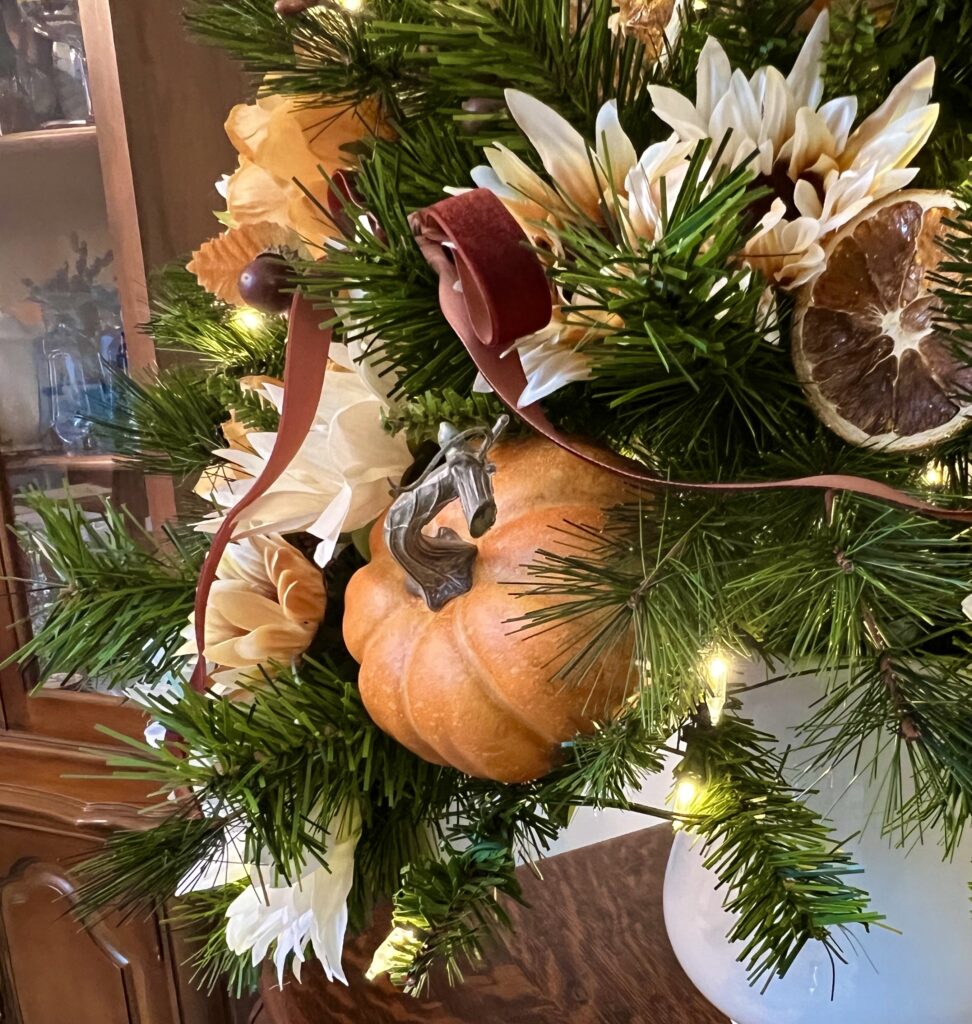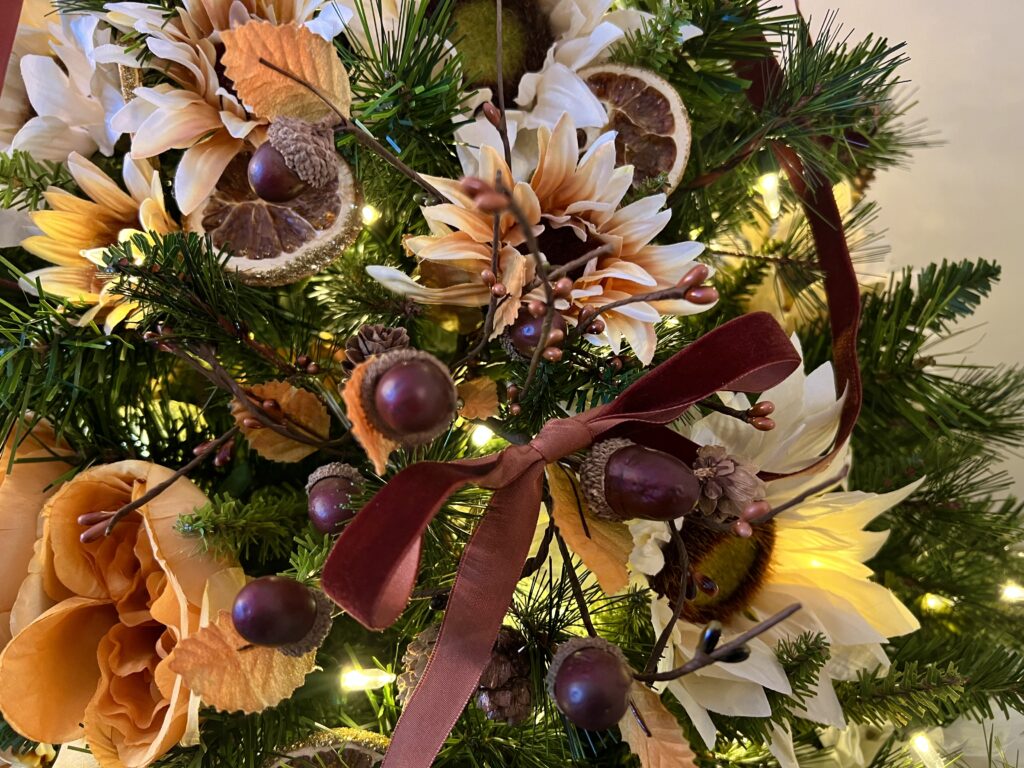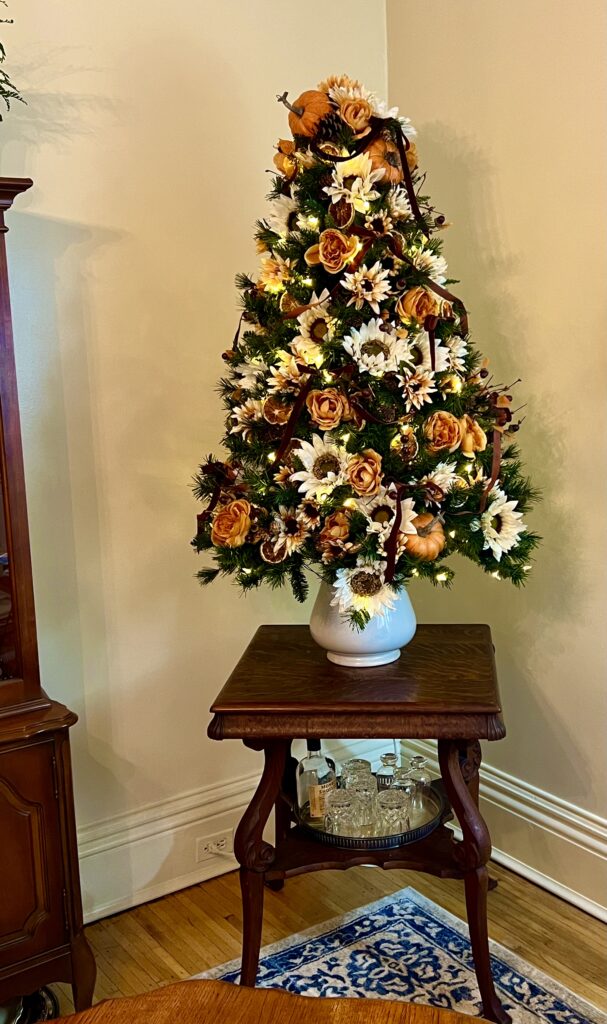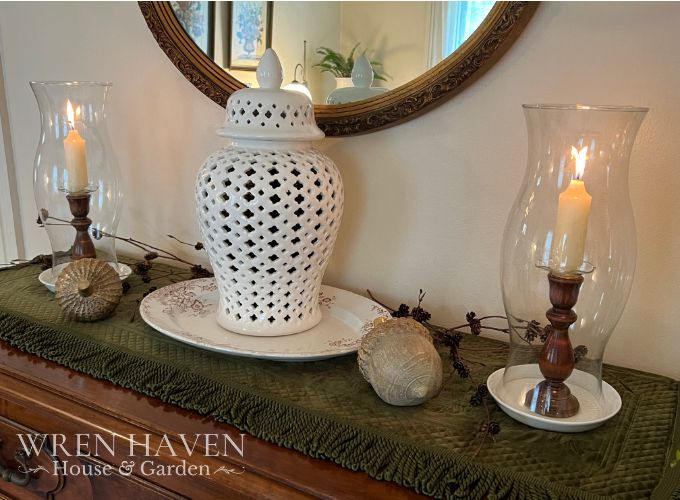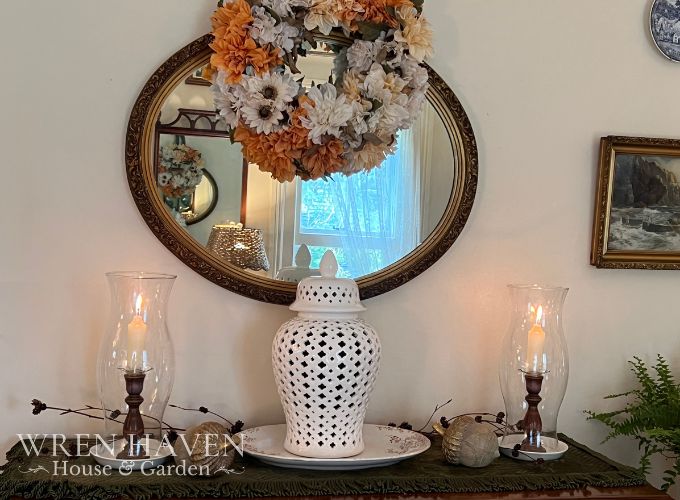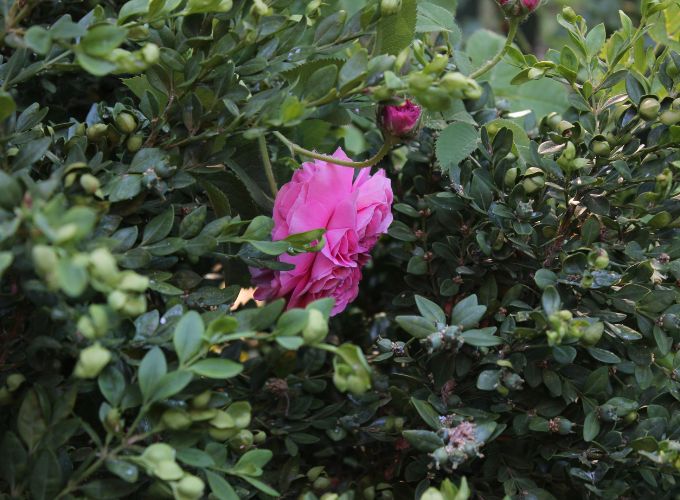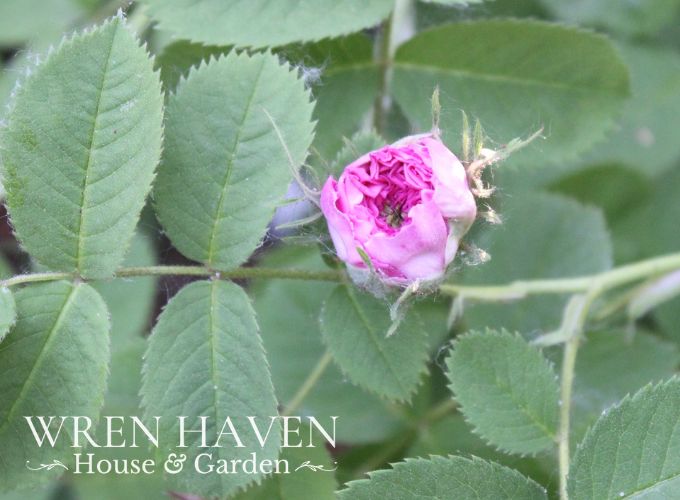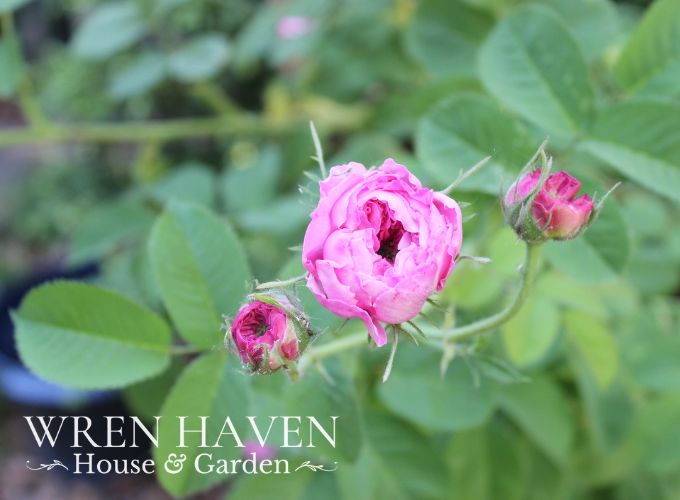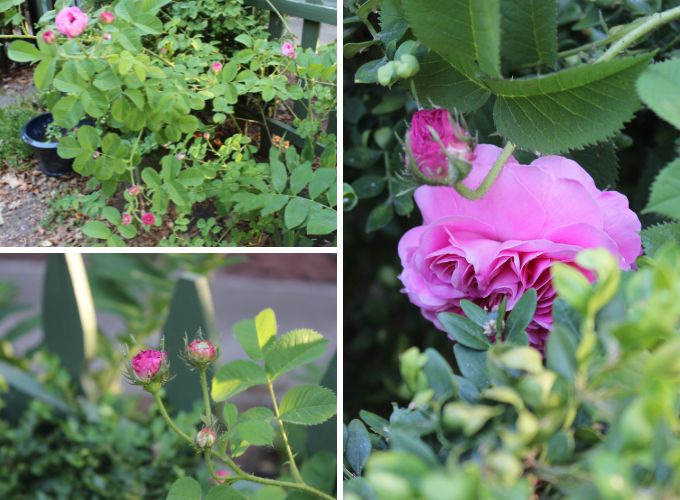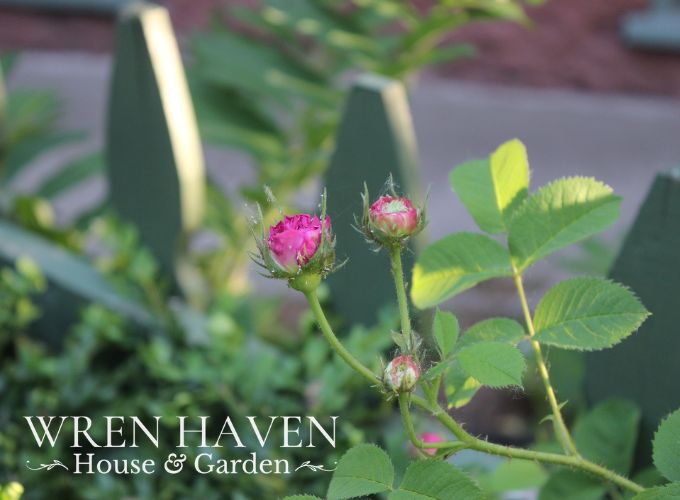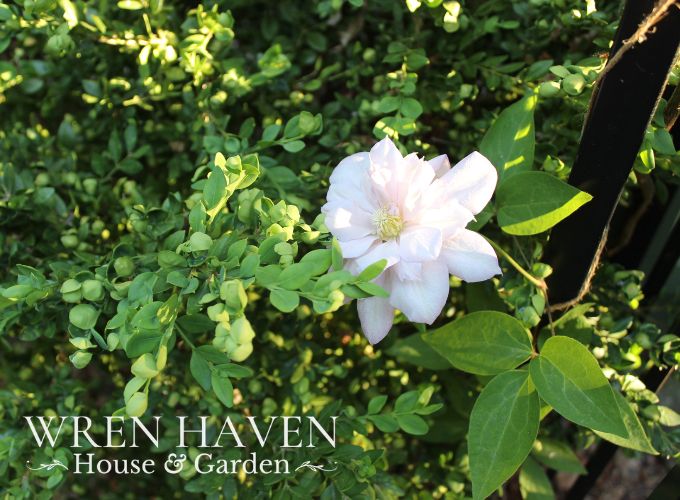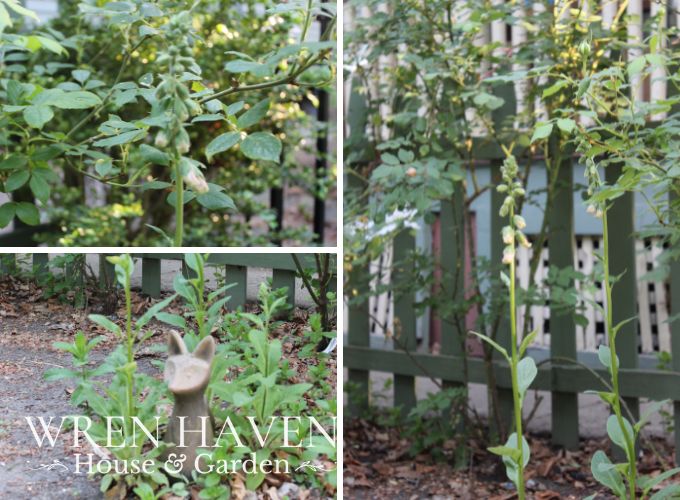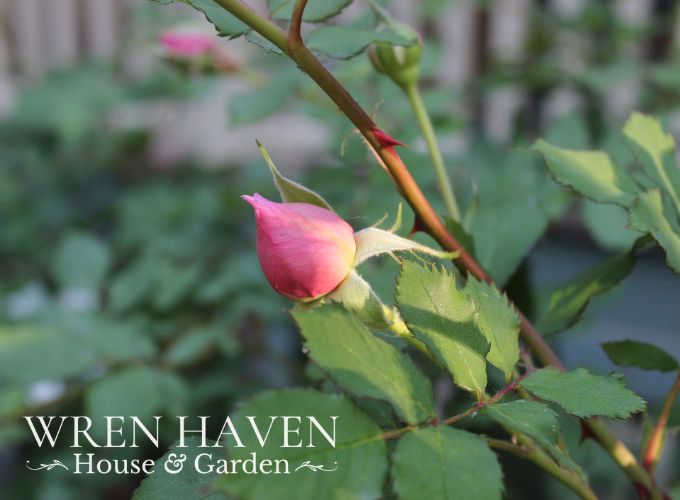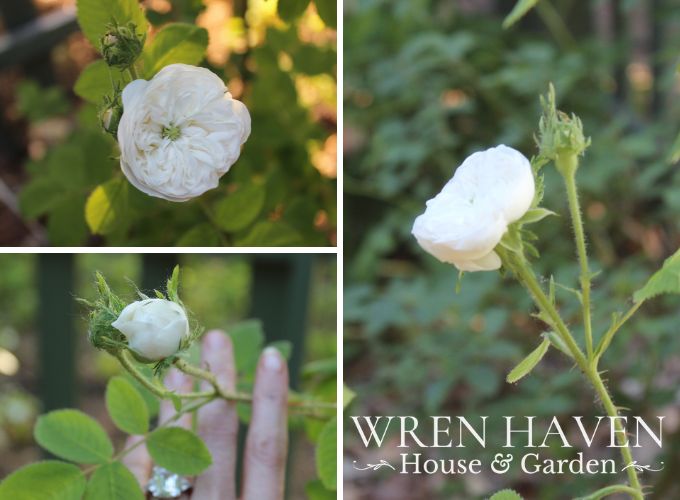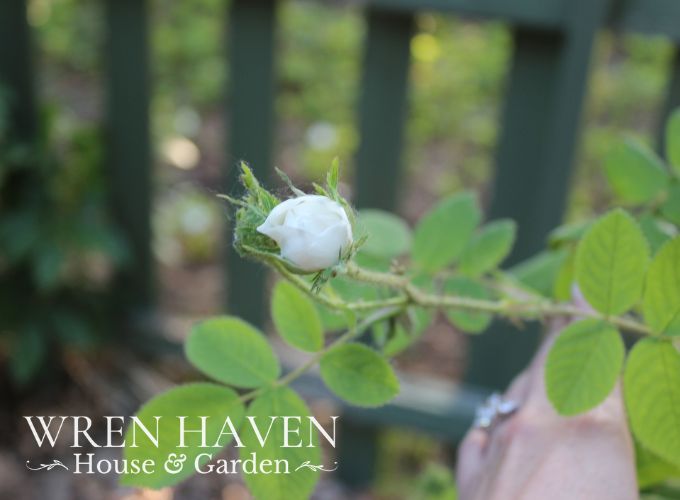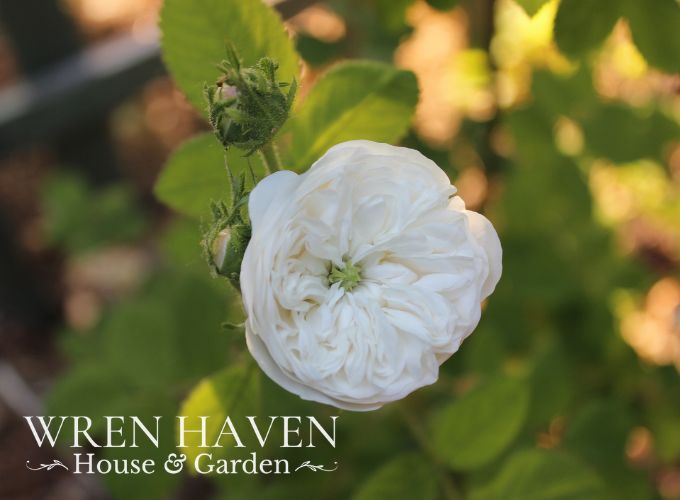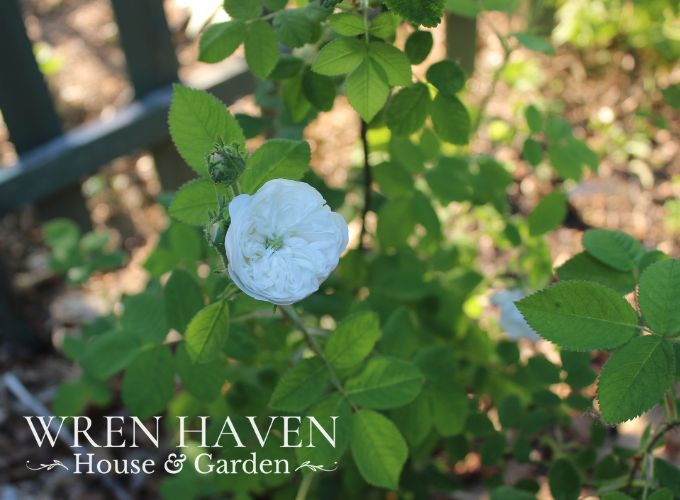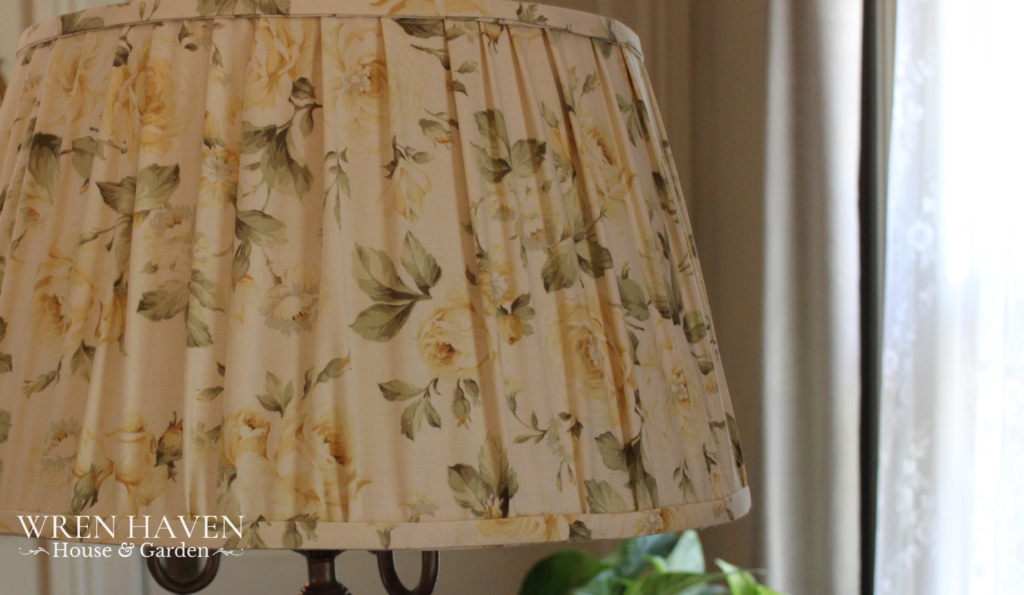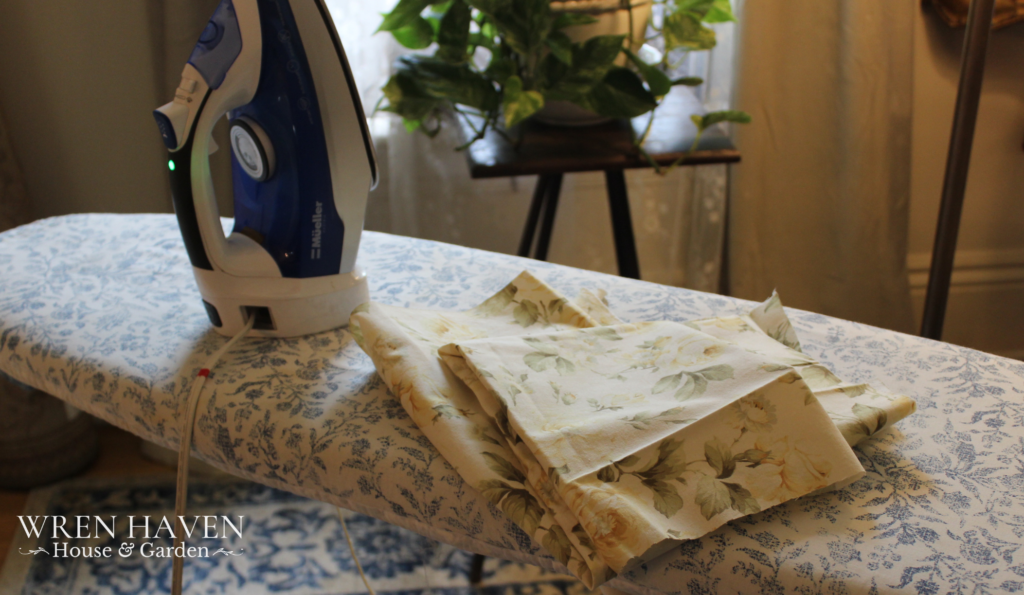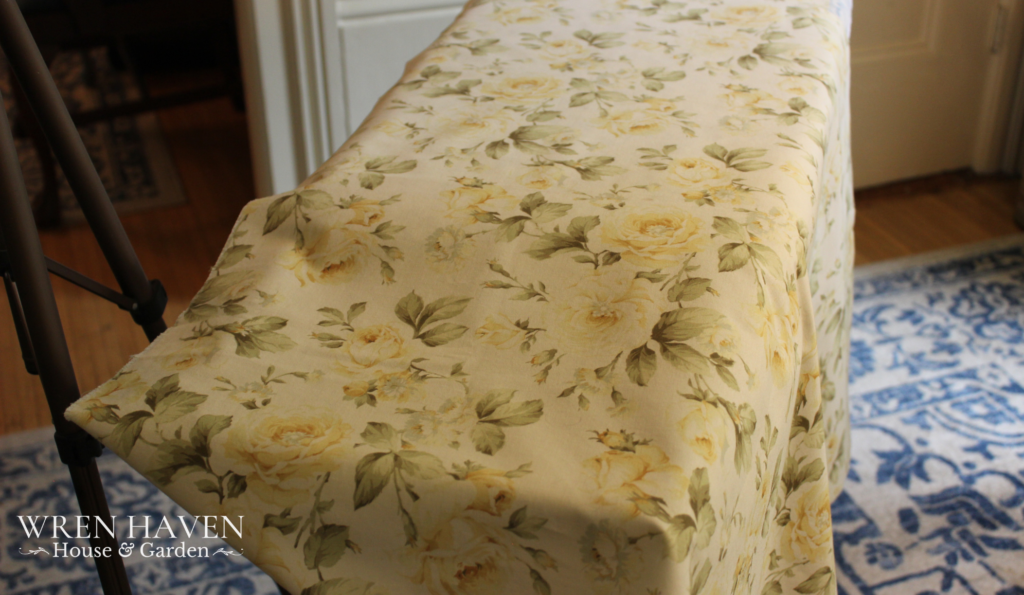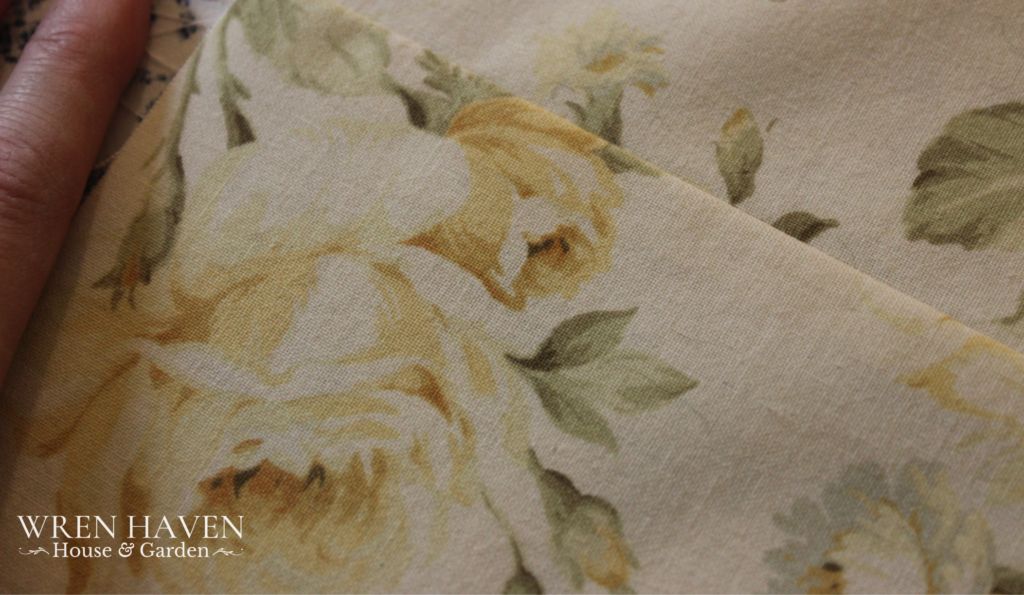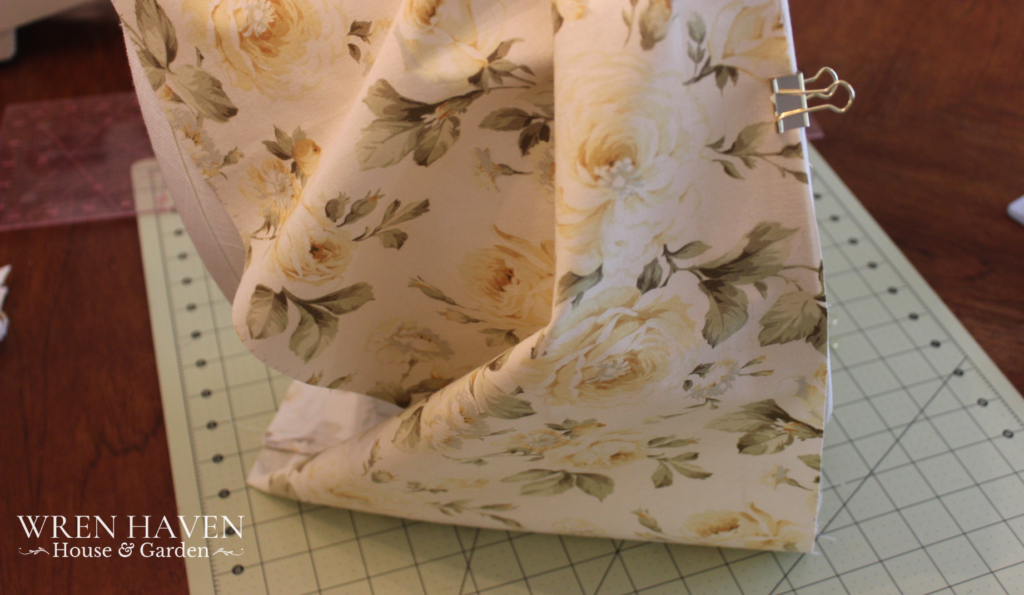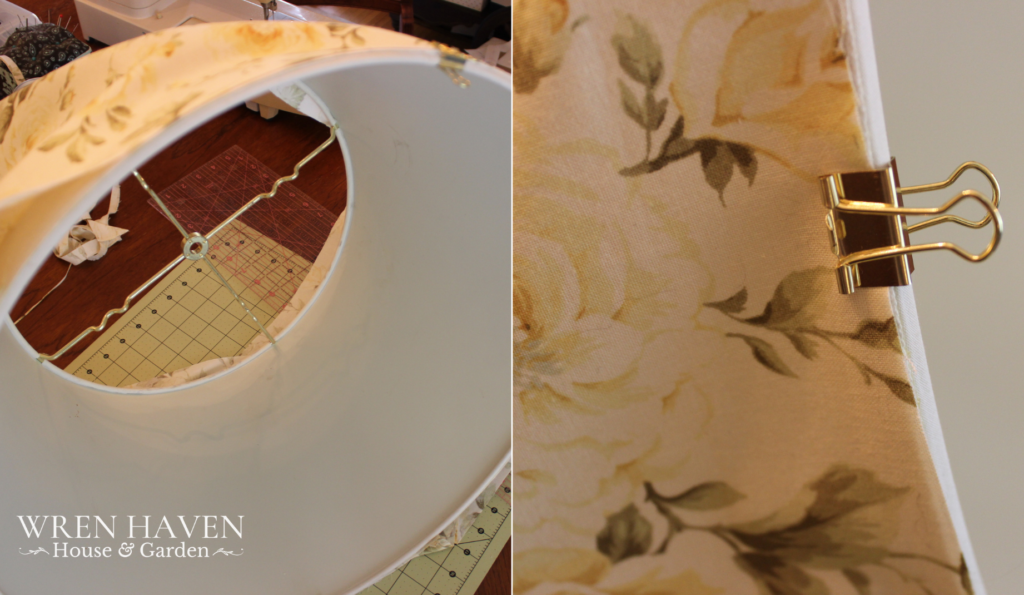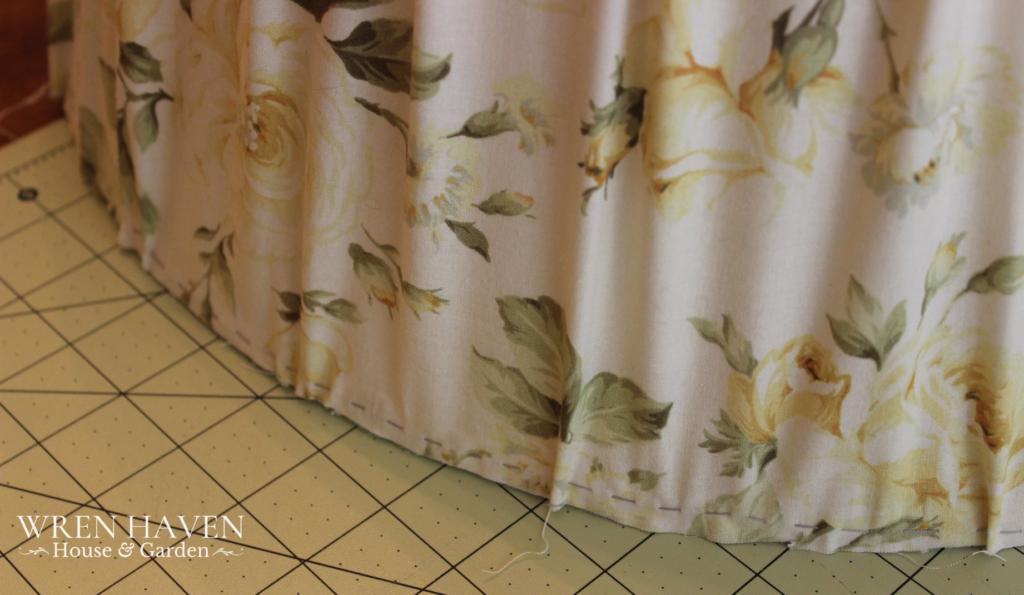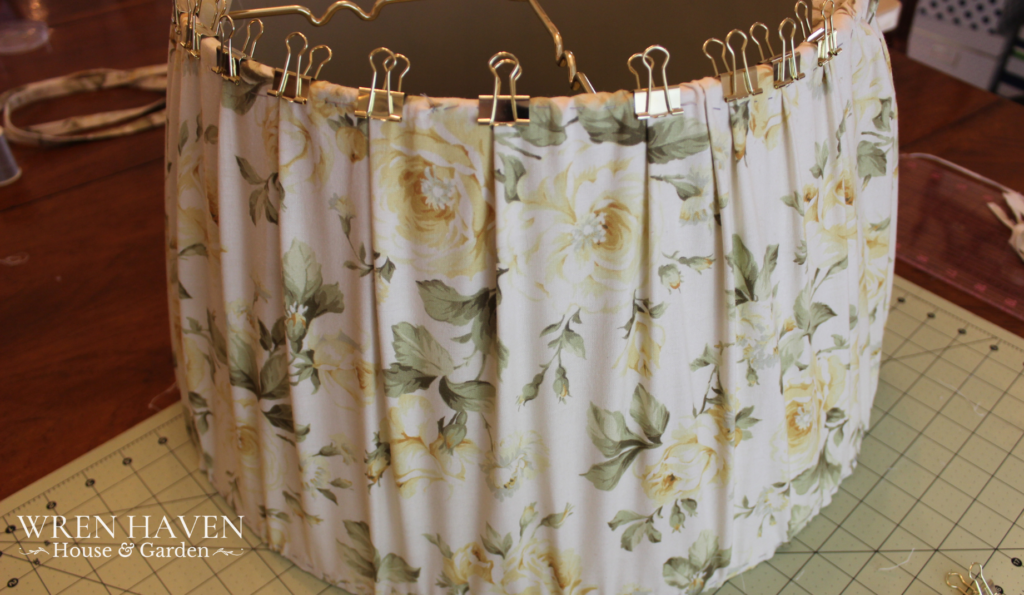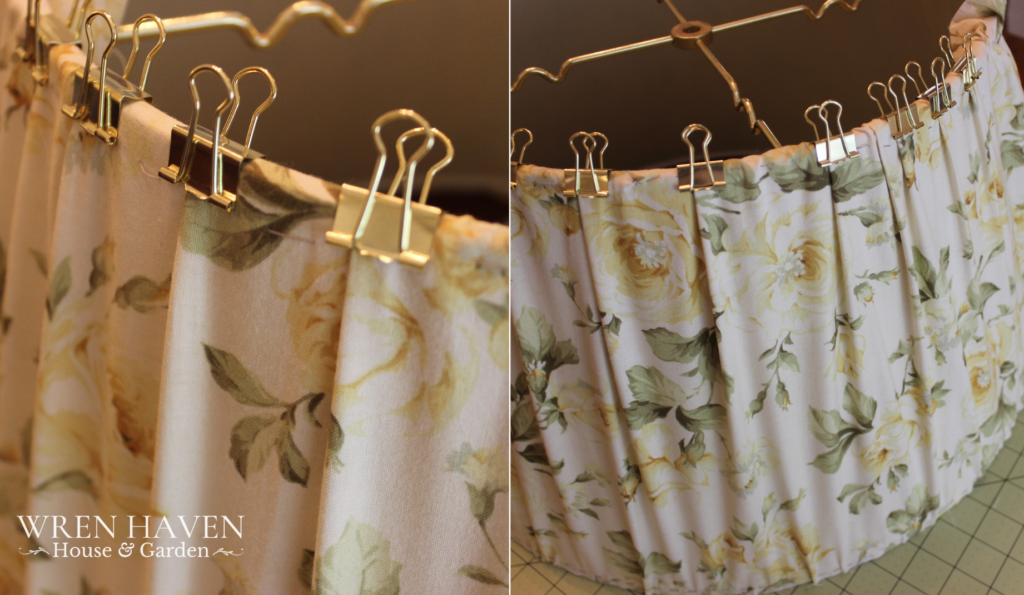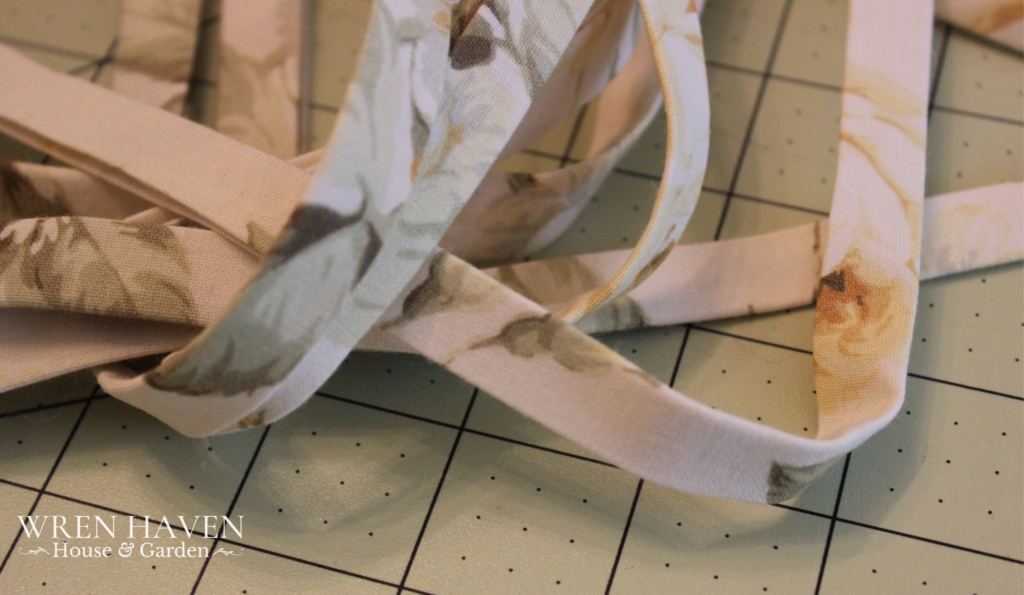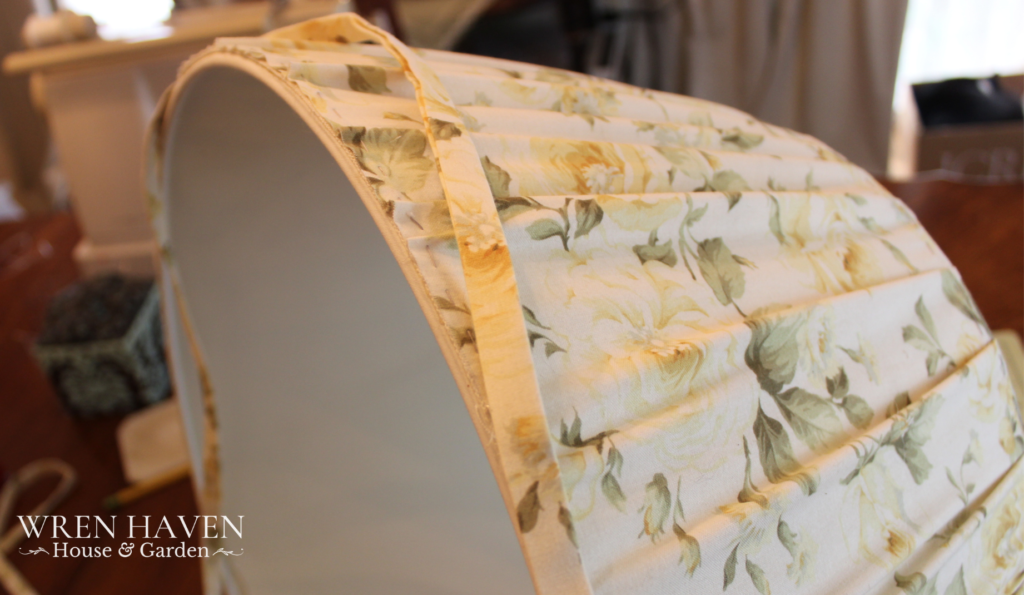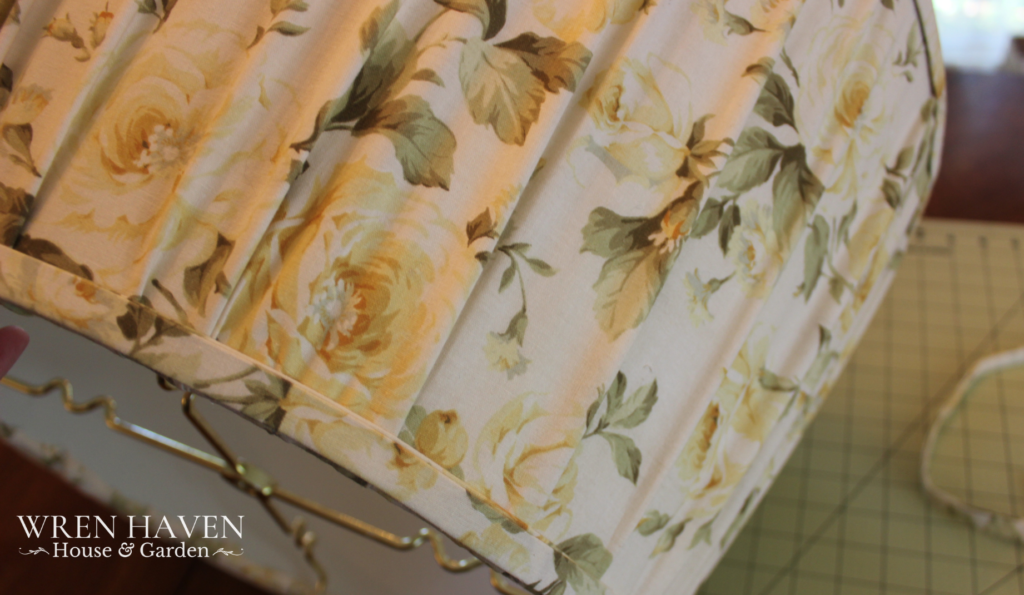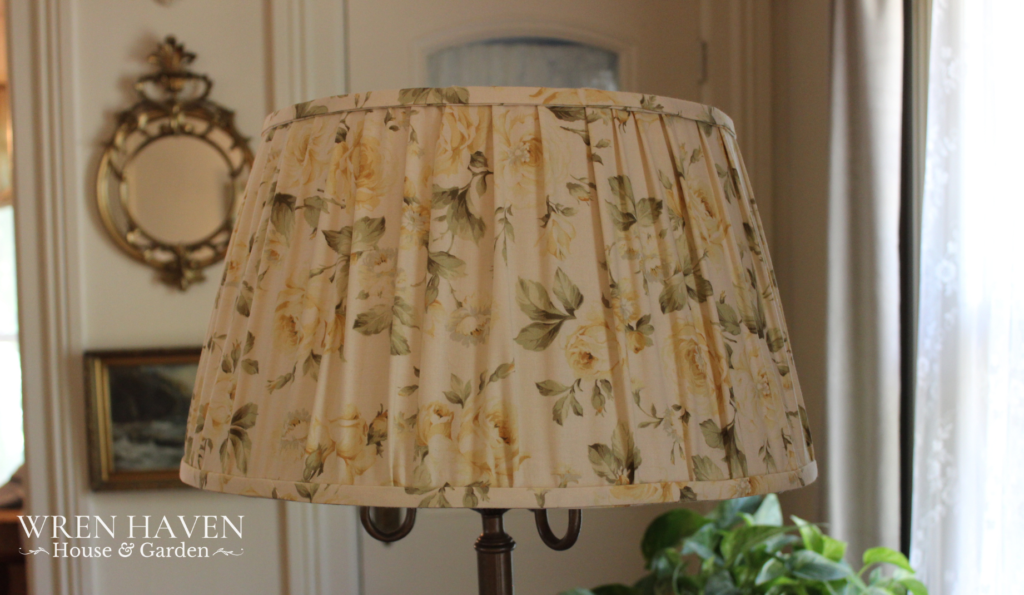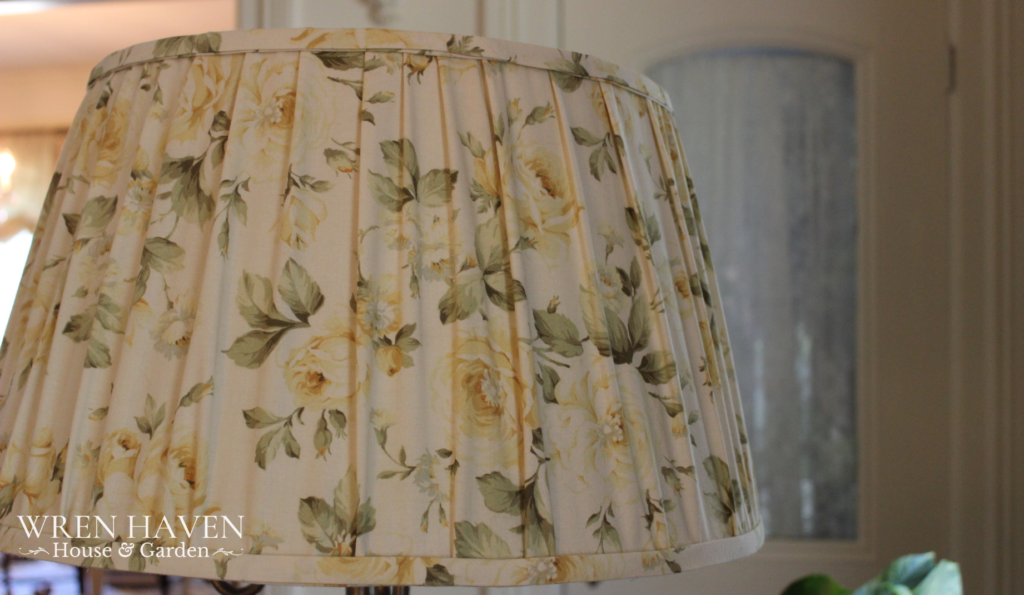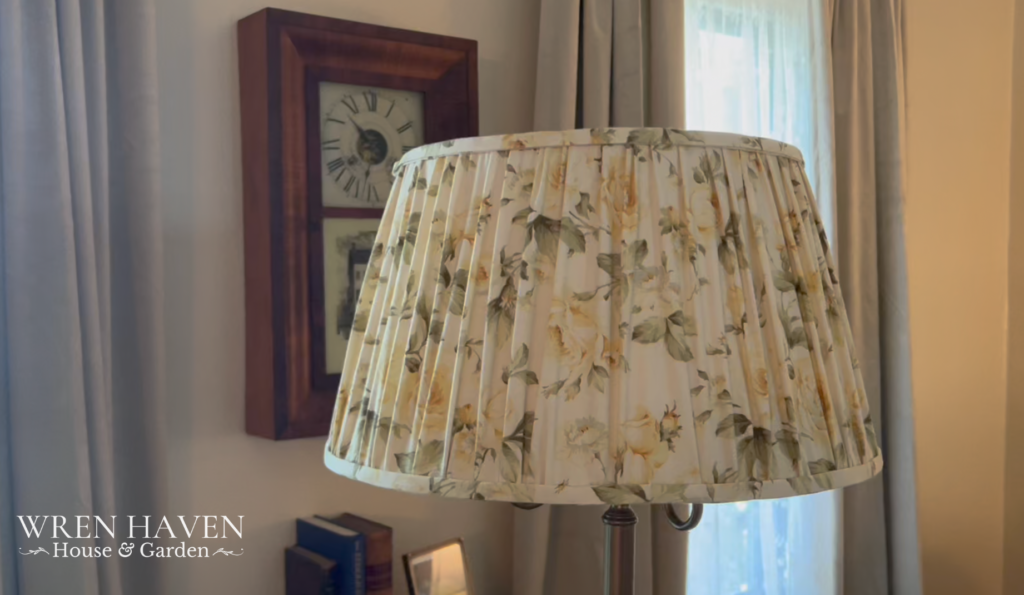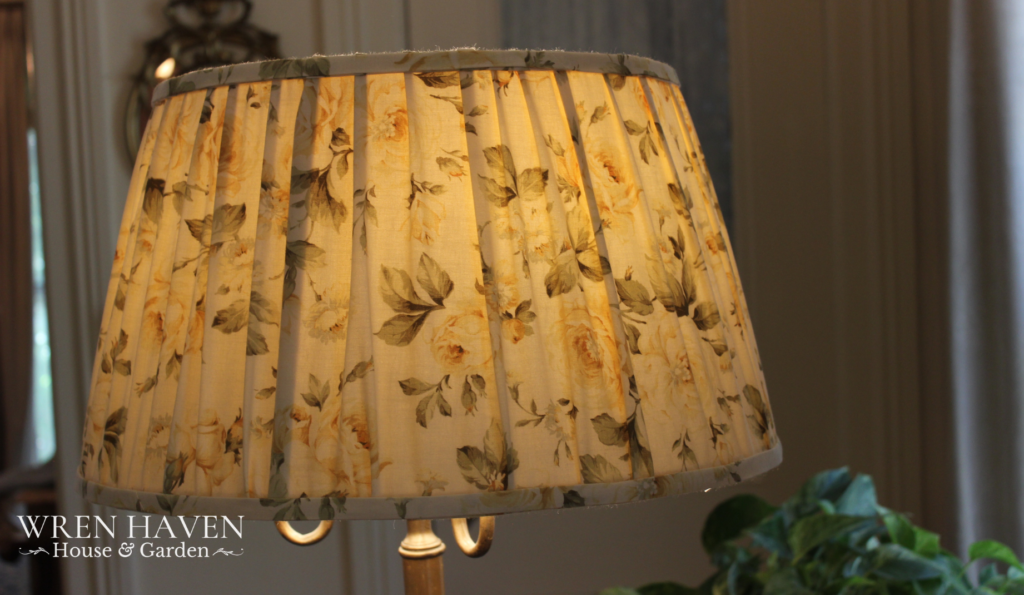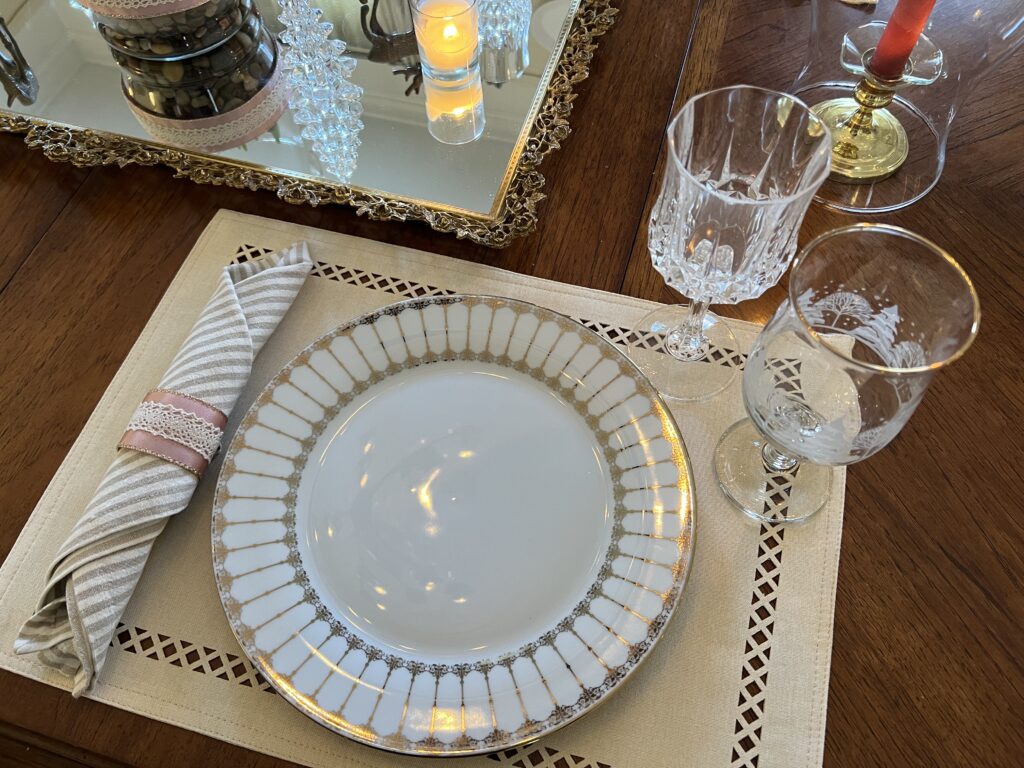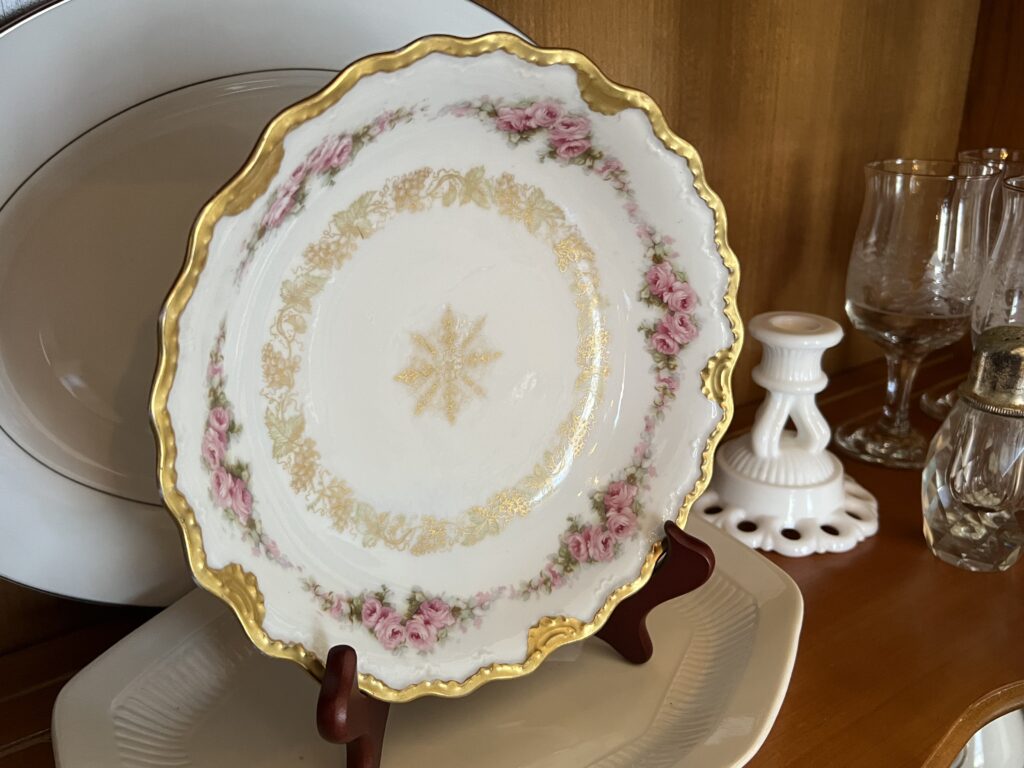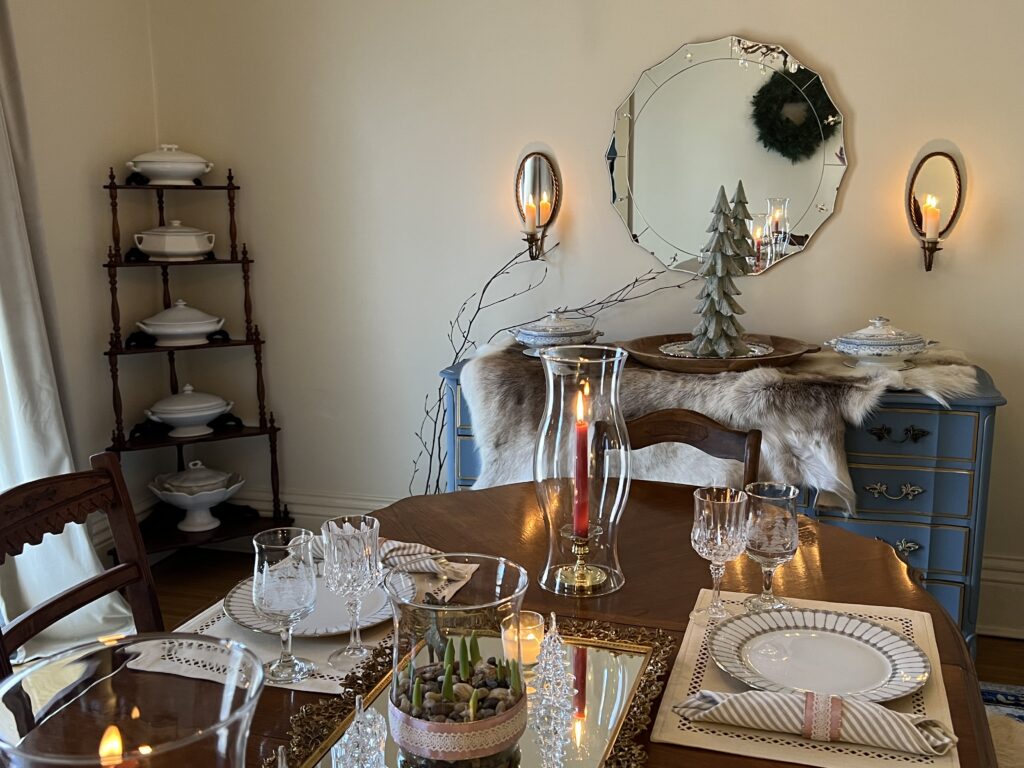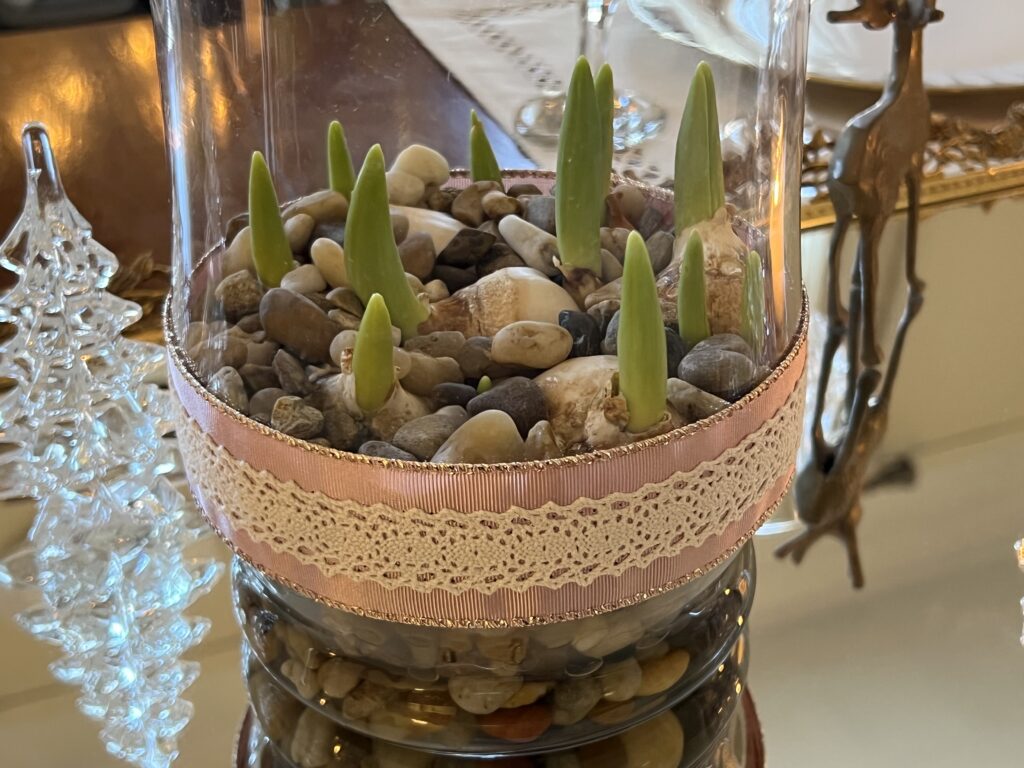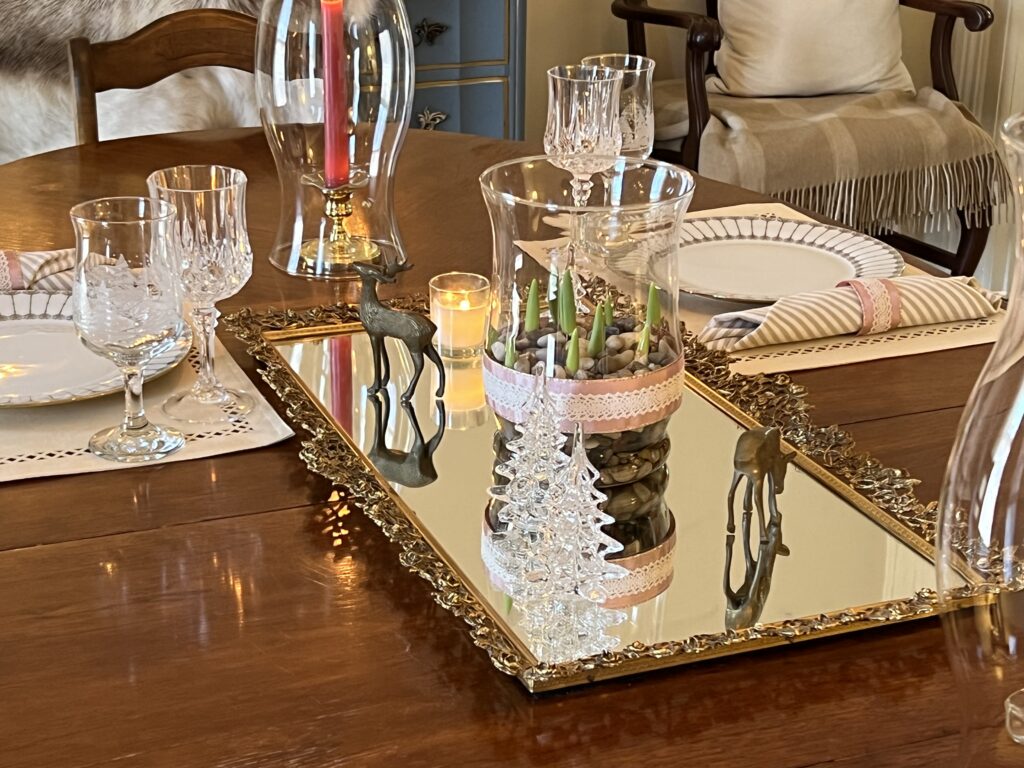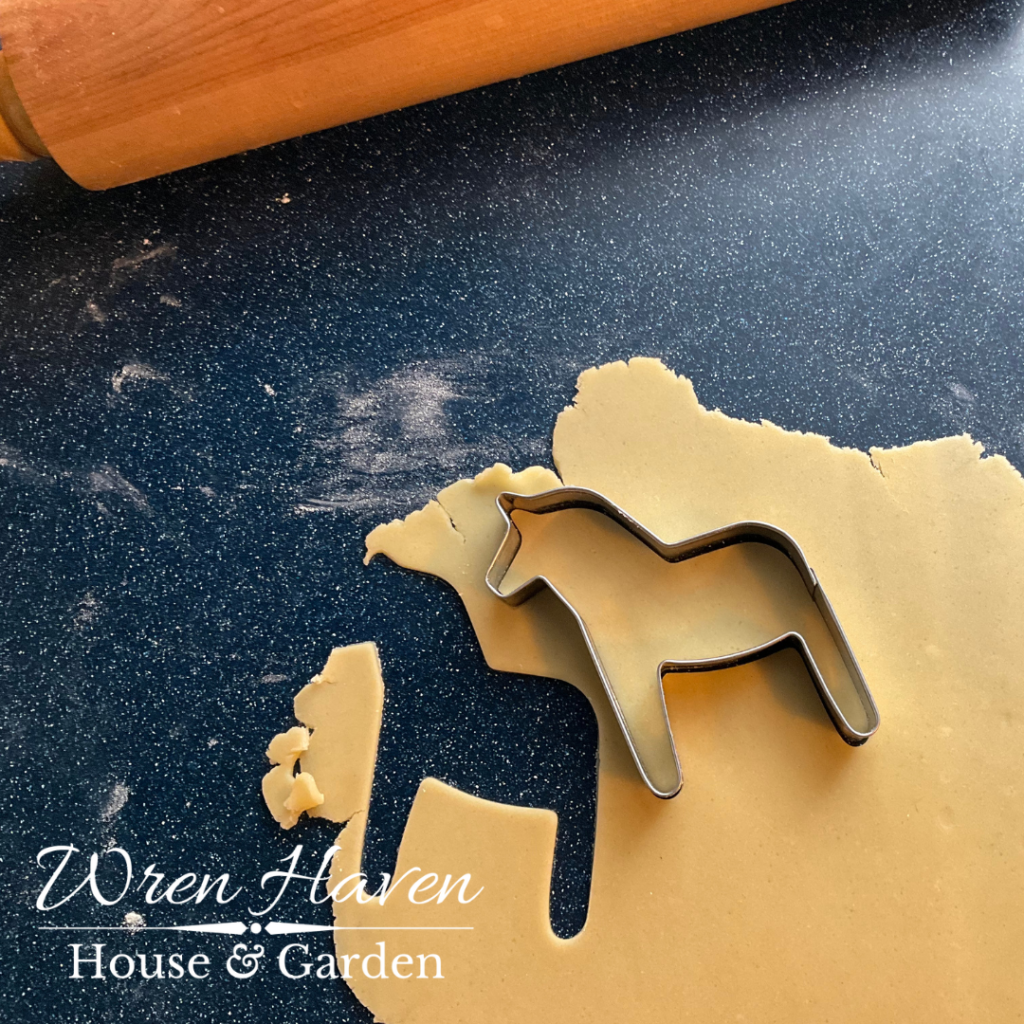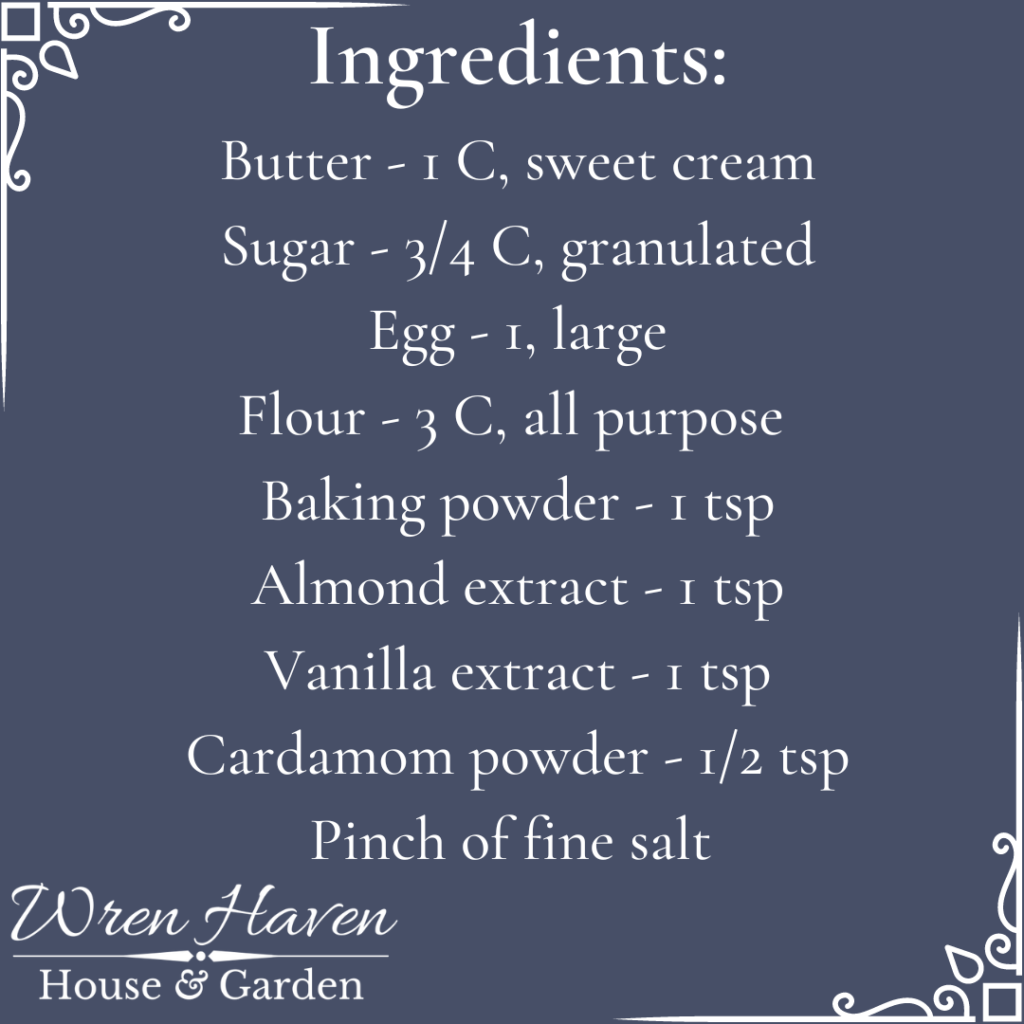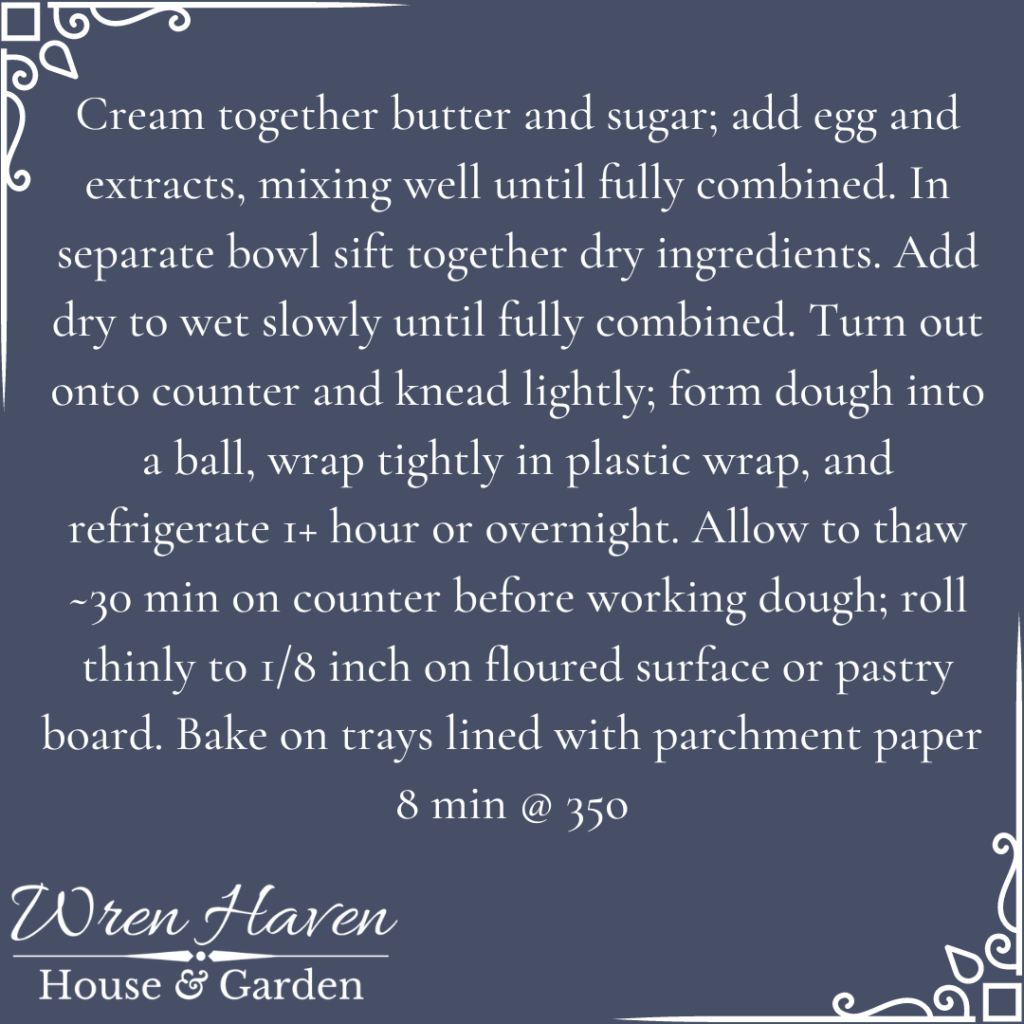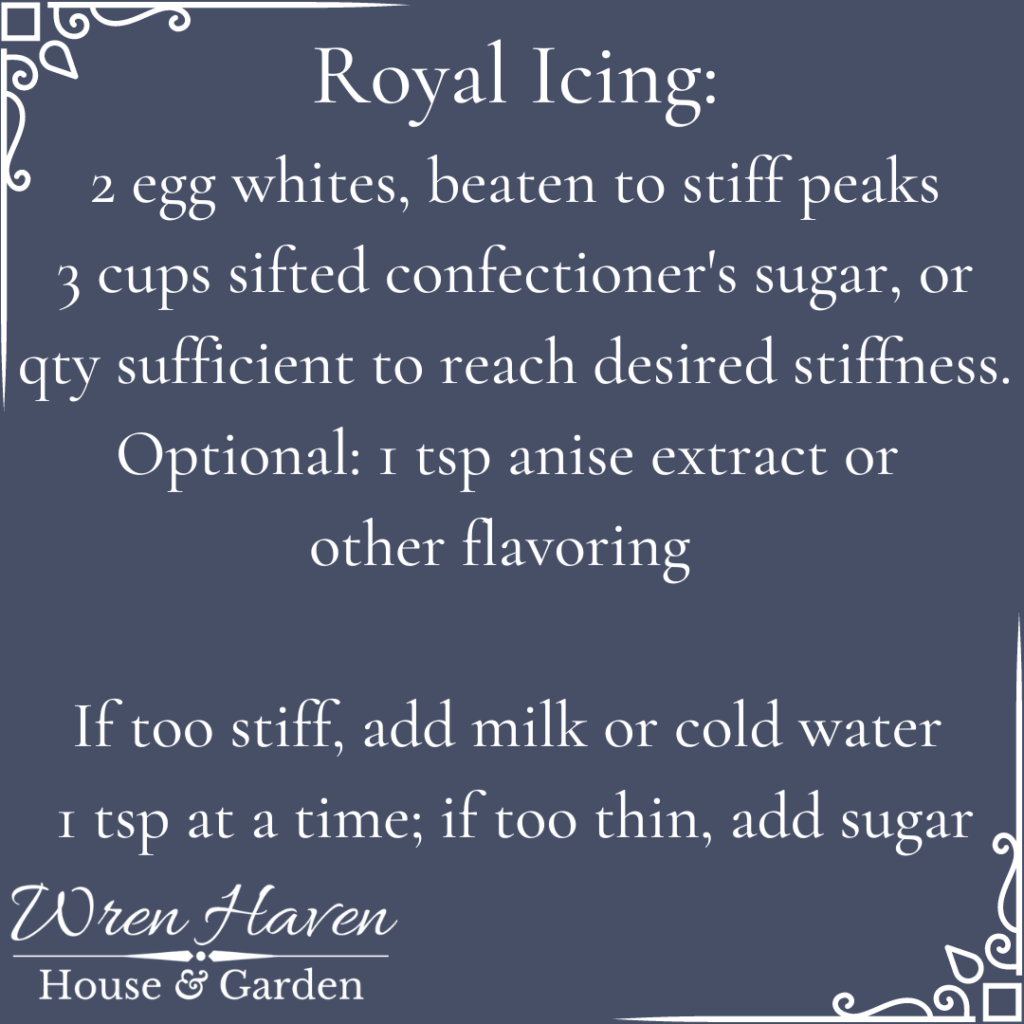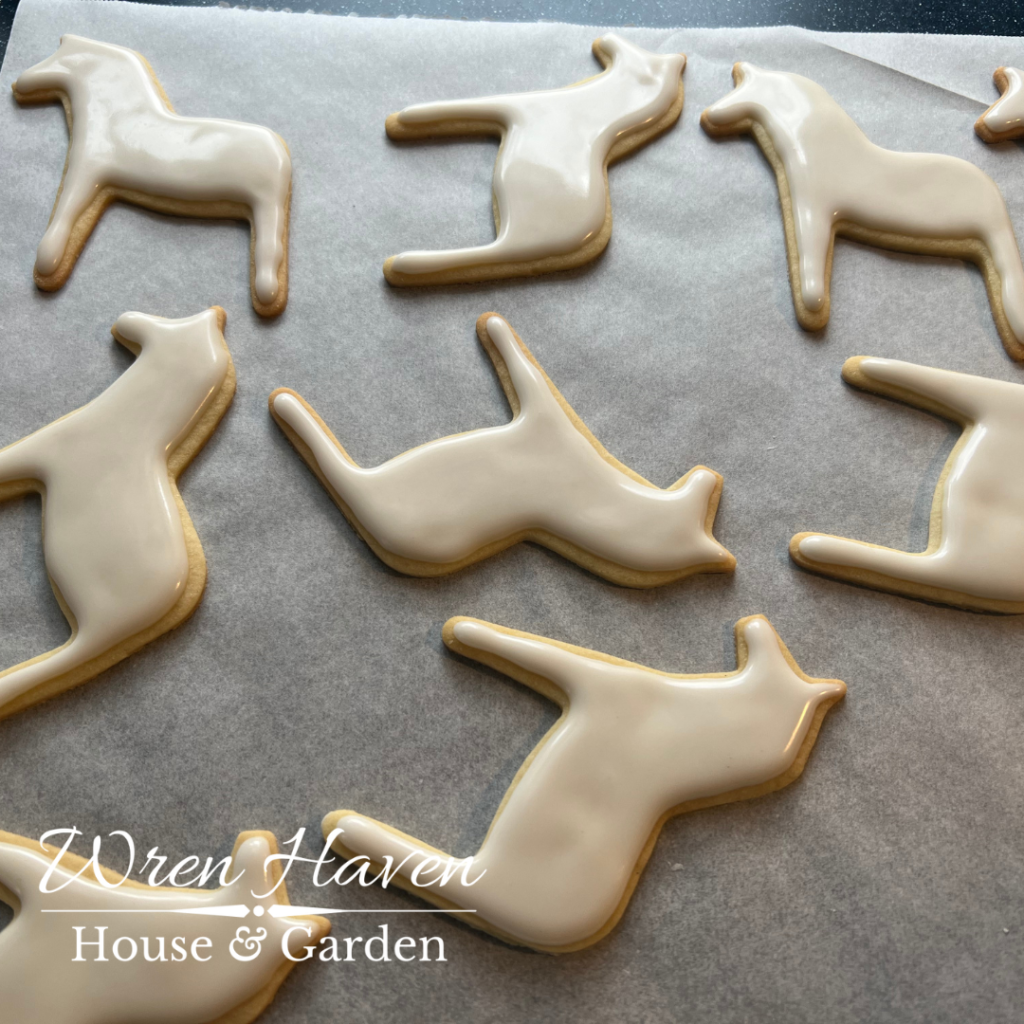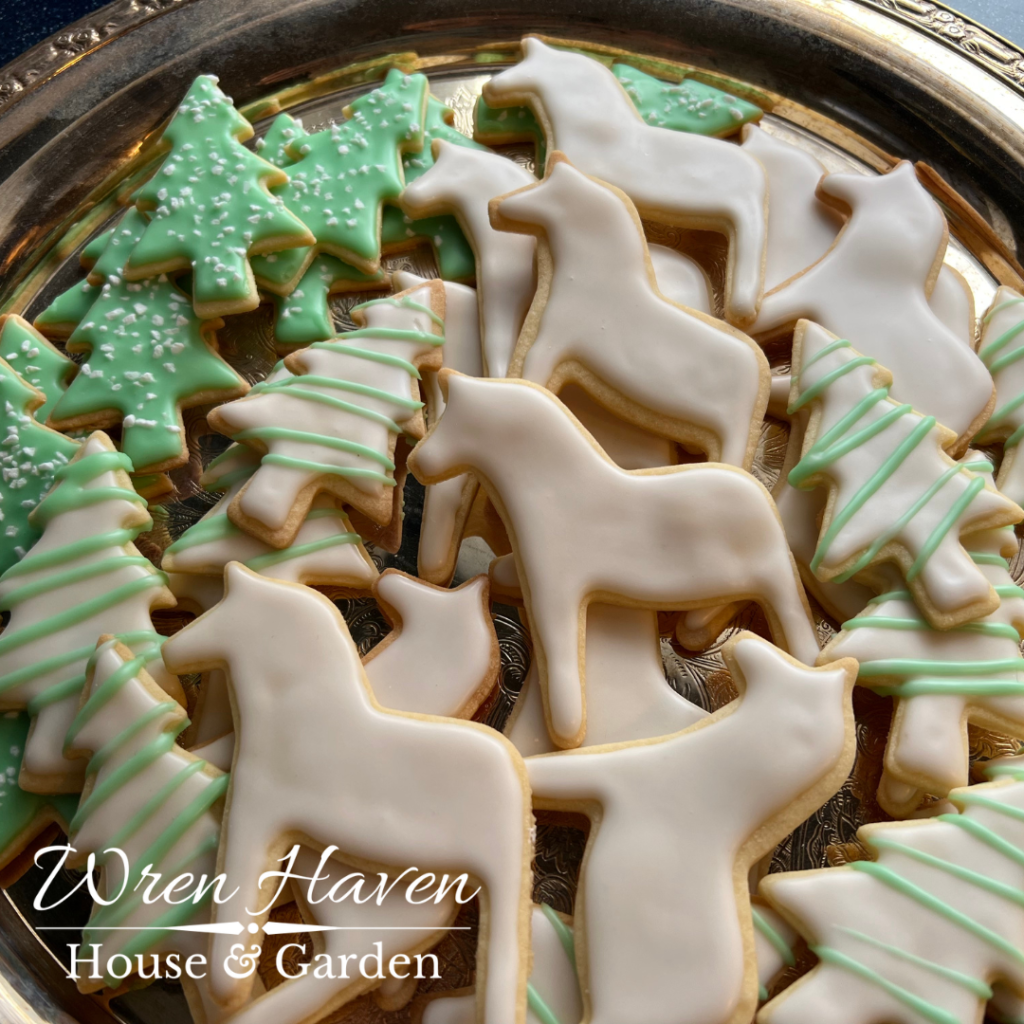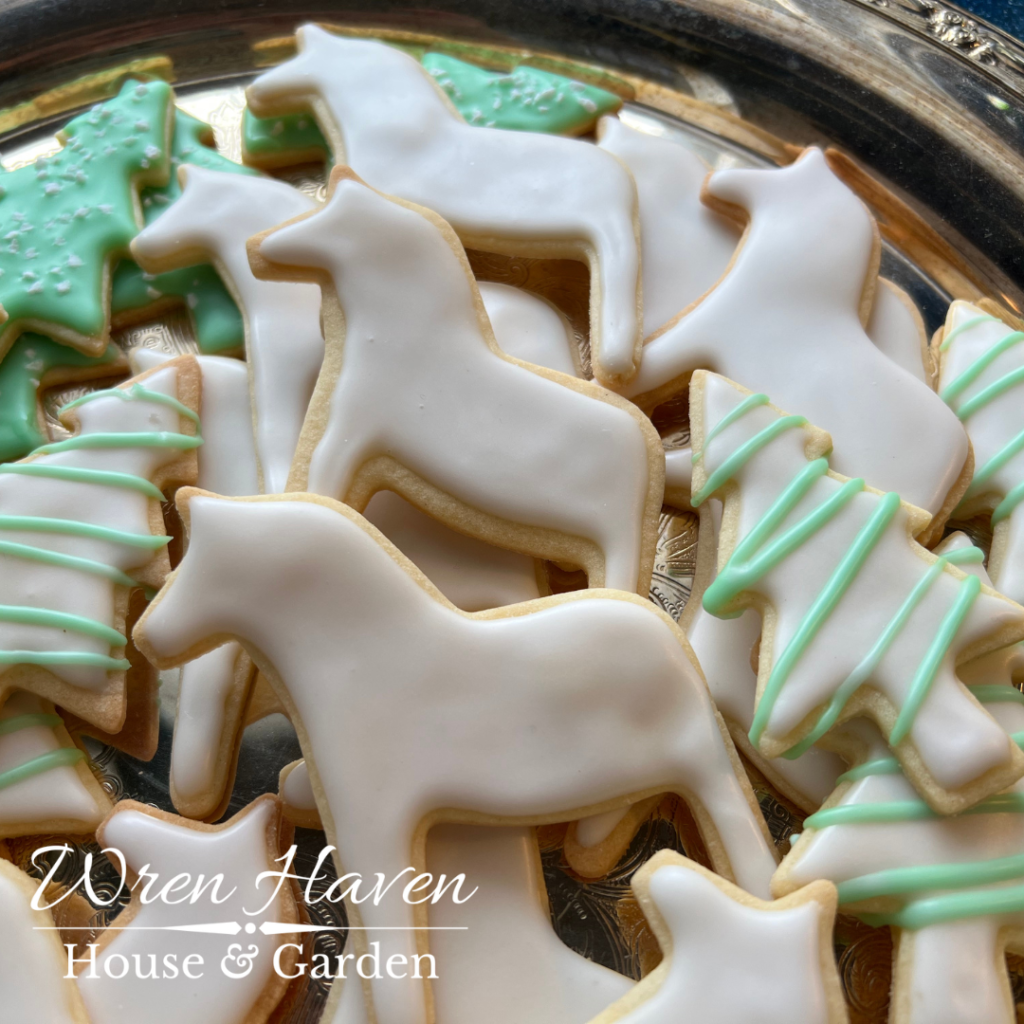
This year my tablescape was inspired by the Ralph Lauren’s relaxed-sophistication, country-hunt vibe.
Table Coverings
I covered the table with a Badgley Mischka cream damask tablecloth, then tossed on top a Ralph Lauren throw from their Lauren line.
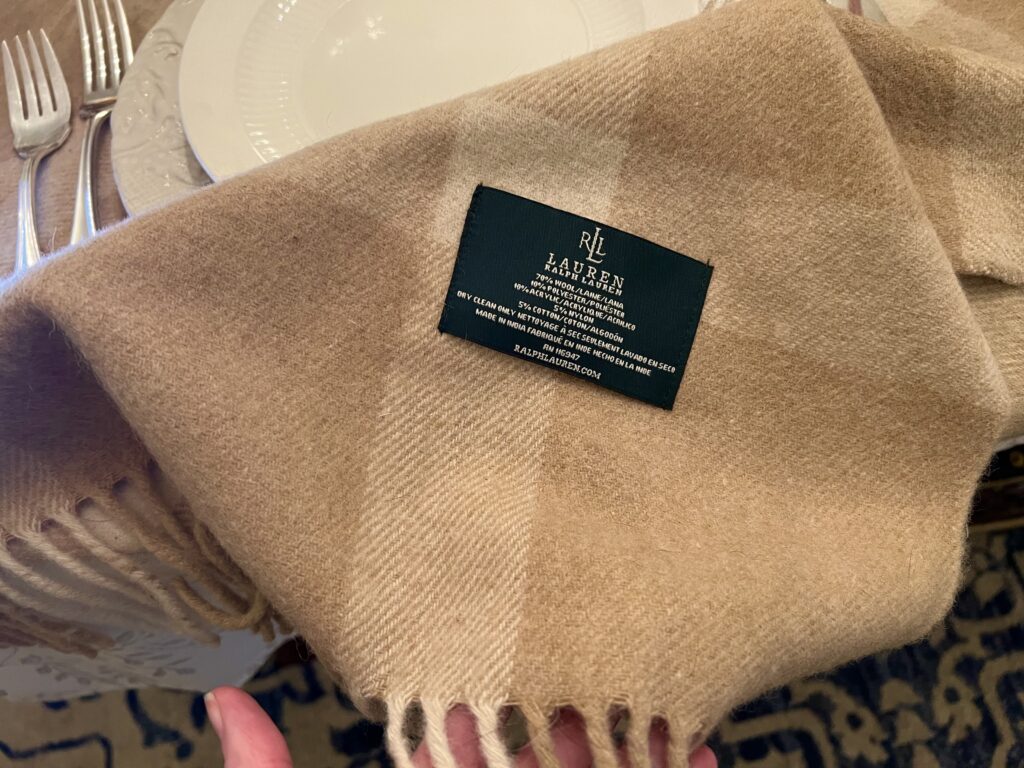
I purposely left it beautifully wrinkled (or so I’m telling myself!!) I wanted that spontaneous, picnic-lunch, hunt party vibe. Like someone had thrown together an intimate picnic lunch in the woods. But with wine, silver, and crystal of course!
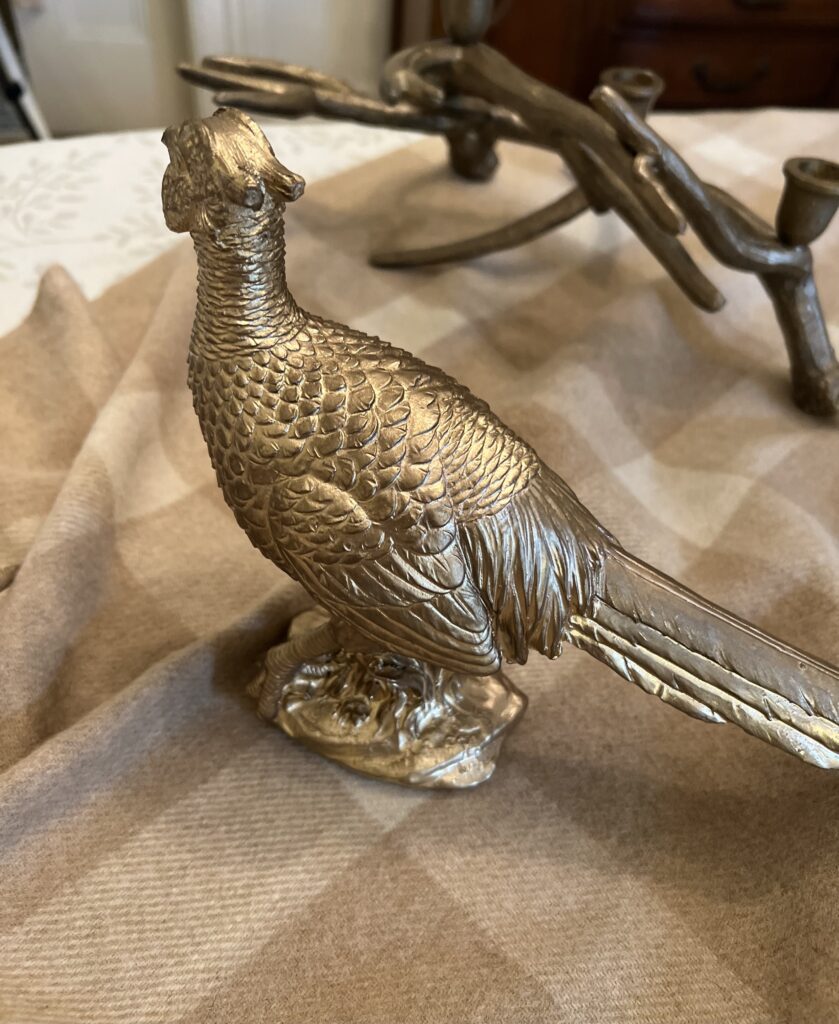
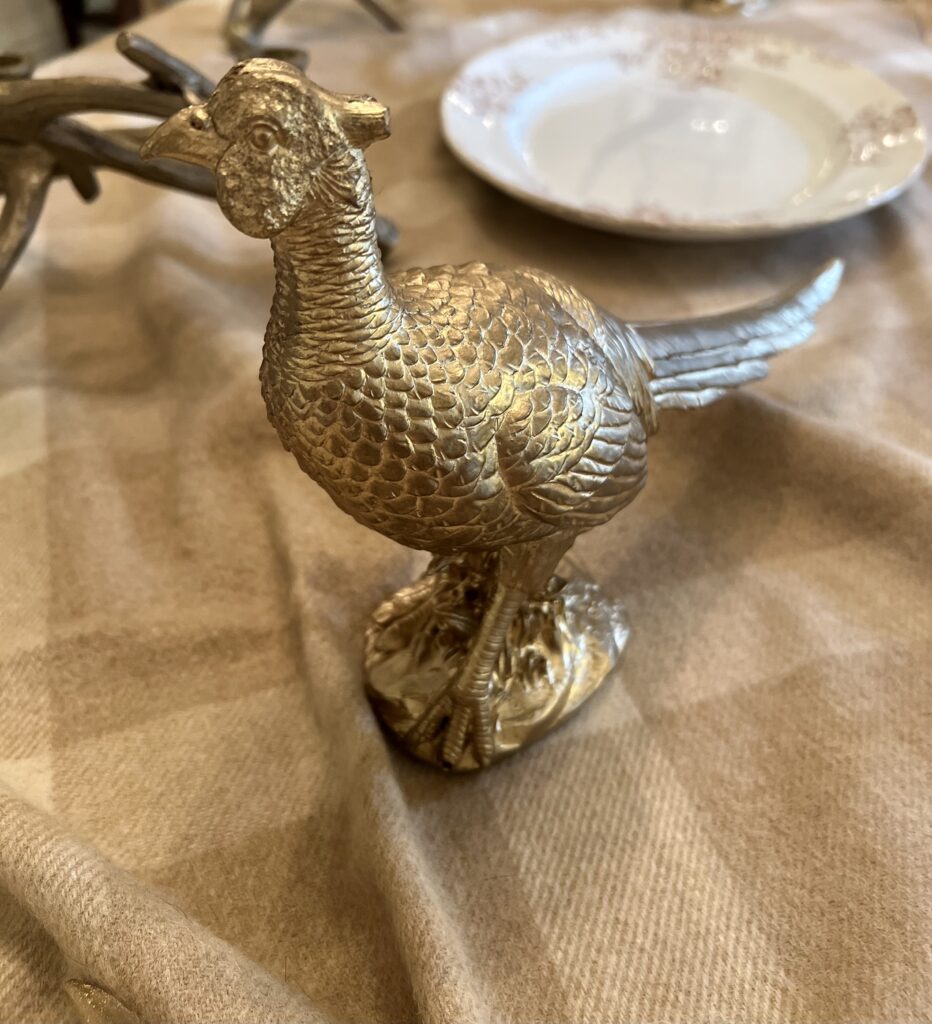
These little pheasants came from Hobby Lobby, of all places! Unfortunately when I purchased them they were absolutely covered in that fine cheap glitter that is often slapped on inexpensive home decor to make it “fancy”.
Moment of silence for all our vacuums….
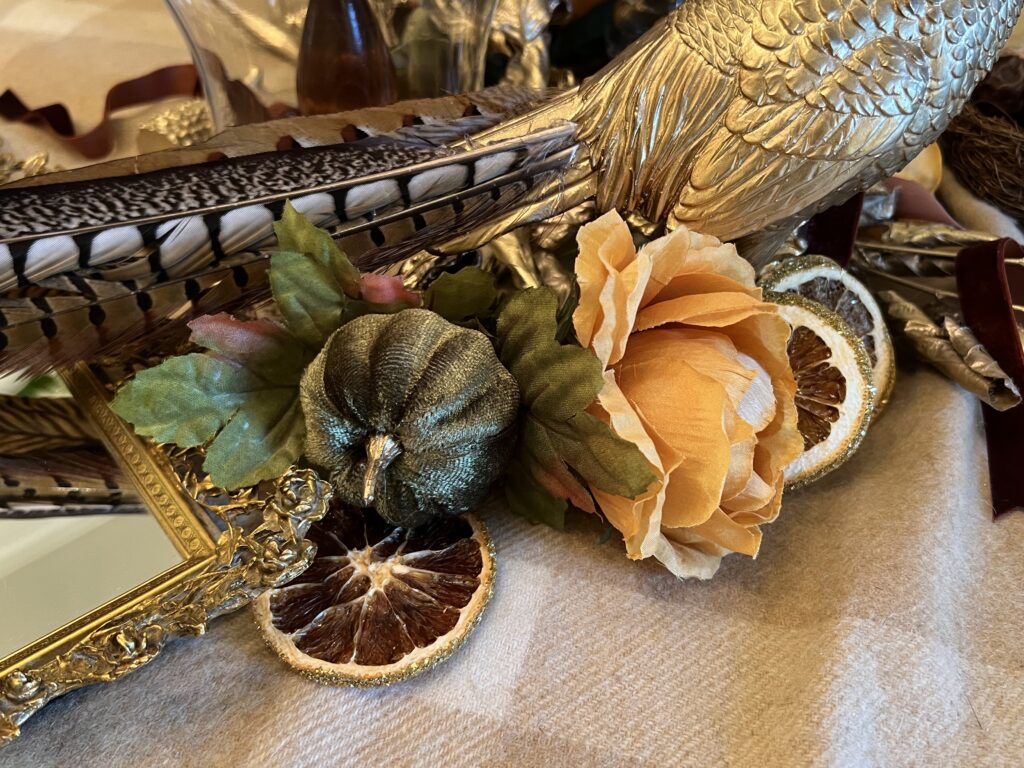
I used spray paint and Rub-n-Buff, in the color European gold, to transform these cheap looking glitter-bombs into something that resembles antique brass! The spray paint locked in the glitter while the rub-n-buff helped give that important depth and texture.
To see the transformation process, check out the video embedded below!
I also glued some real-life pheasant feathers on my statuary to make them more whimsical and life-like (ish). They were purchased on Etsy from a shop called American Feathers. These are the same feathers I used when decorating my corner cabinet this fall. Happily I had enough to use them in both places!
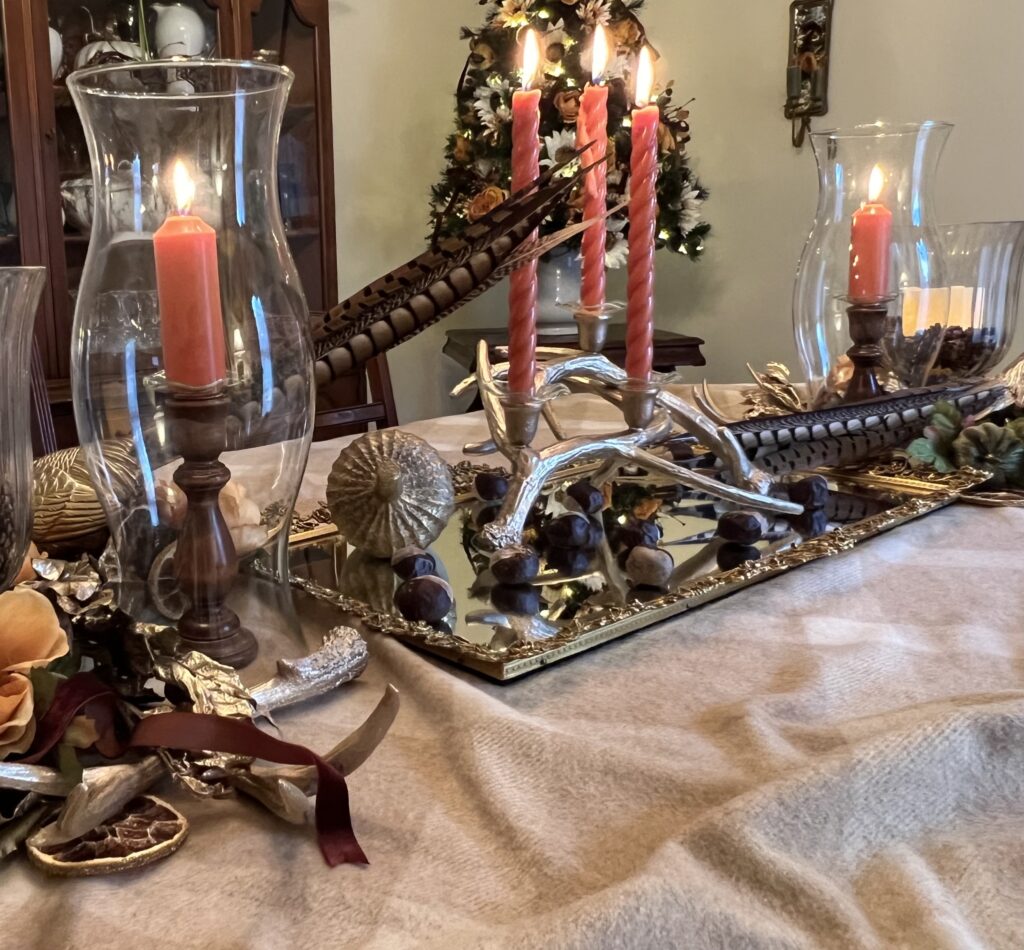
Chestnuts, antlers, roses, orange slices, and velvet pumpkins – all earthy warm autumn elements.
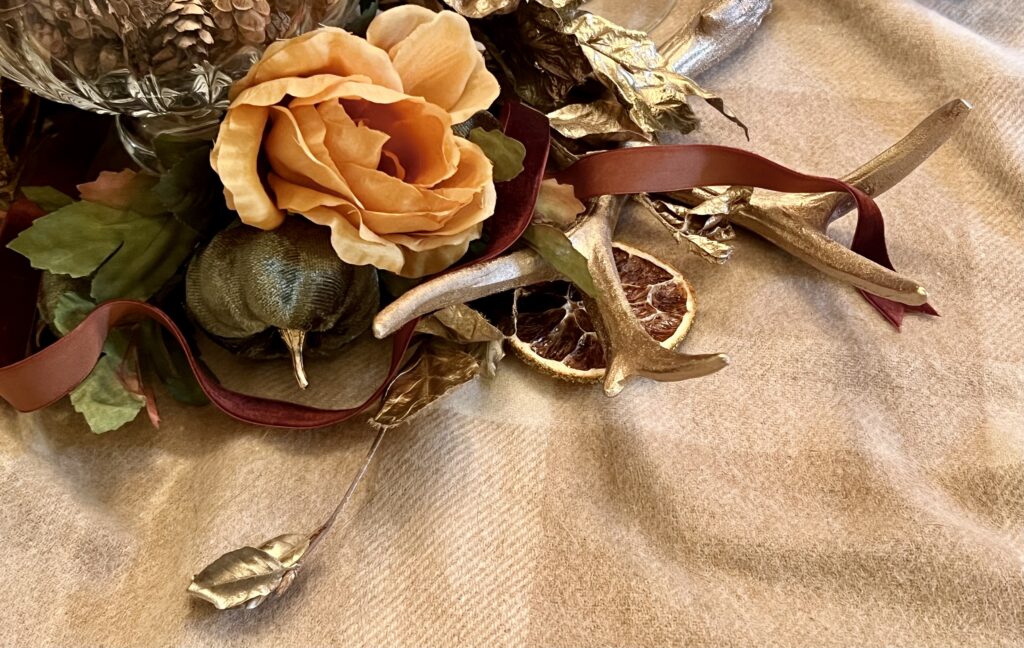
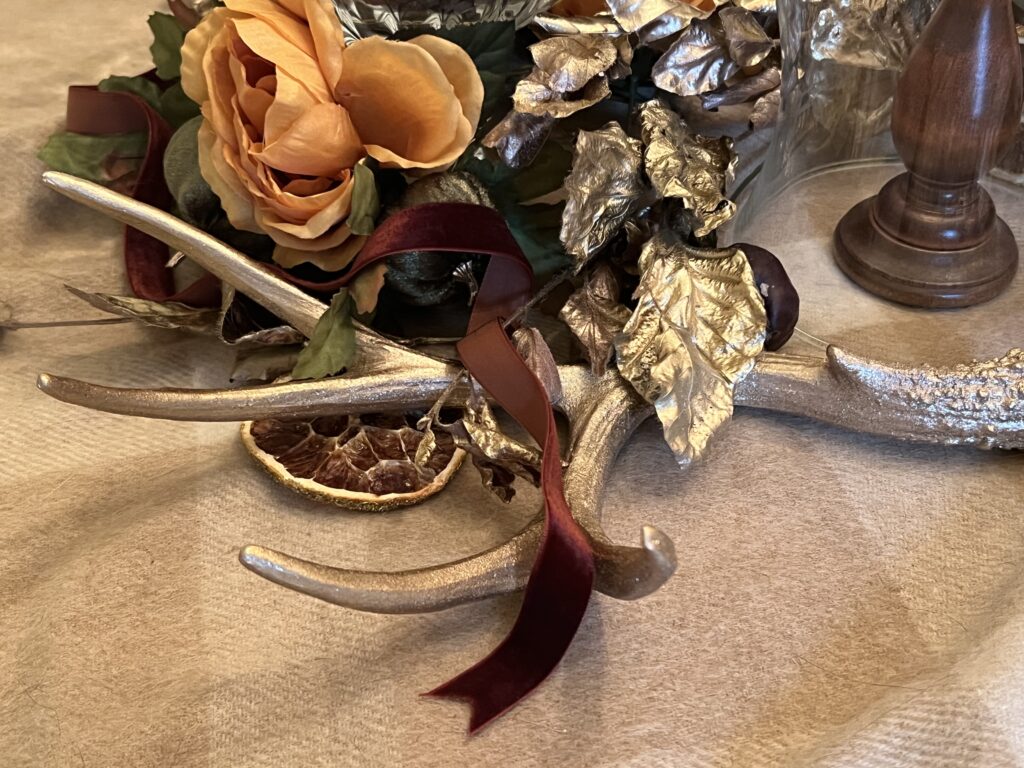

Candle Light
The orange ‘barley twist’ and ‘coach’ candles come from Hobby Lobby, as do the LED candles in the footed vases from JoAnn. I used LED candles in them as there are tiny pinecones in there and I didn’t want to have any fire hazards! The feathers felt risky enough!
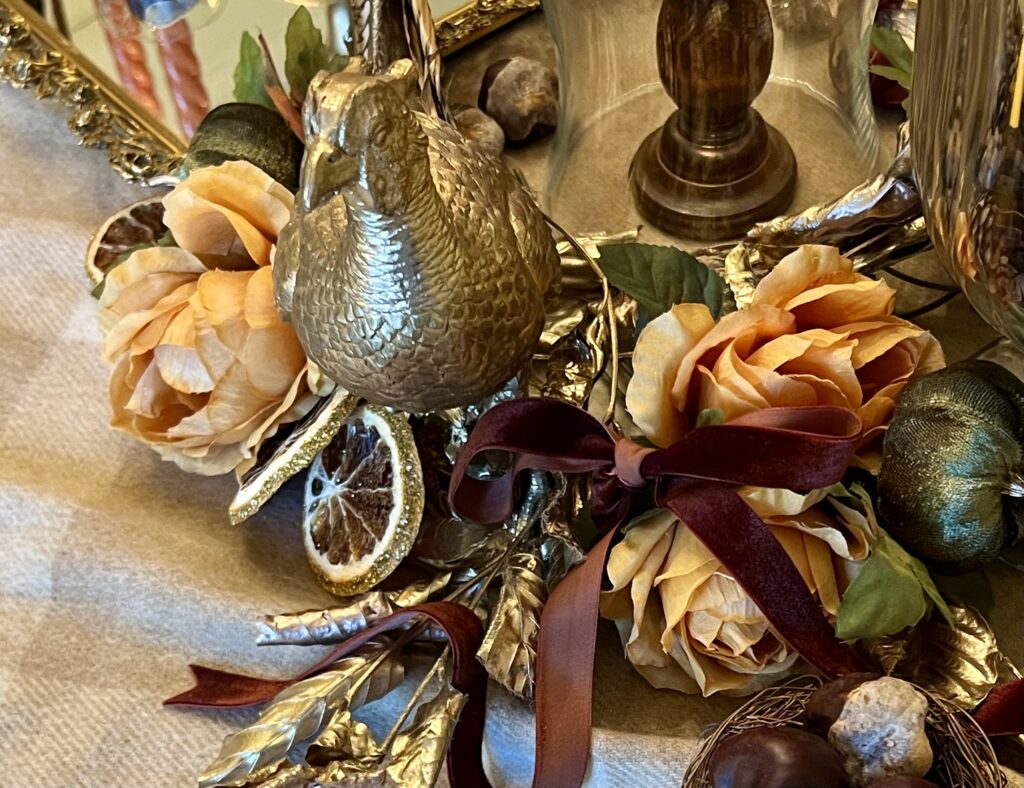
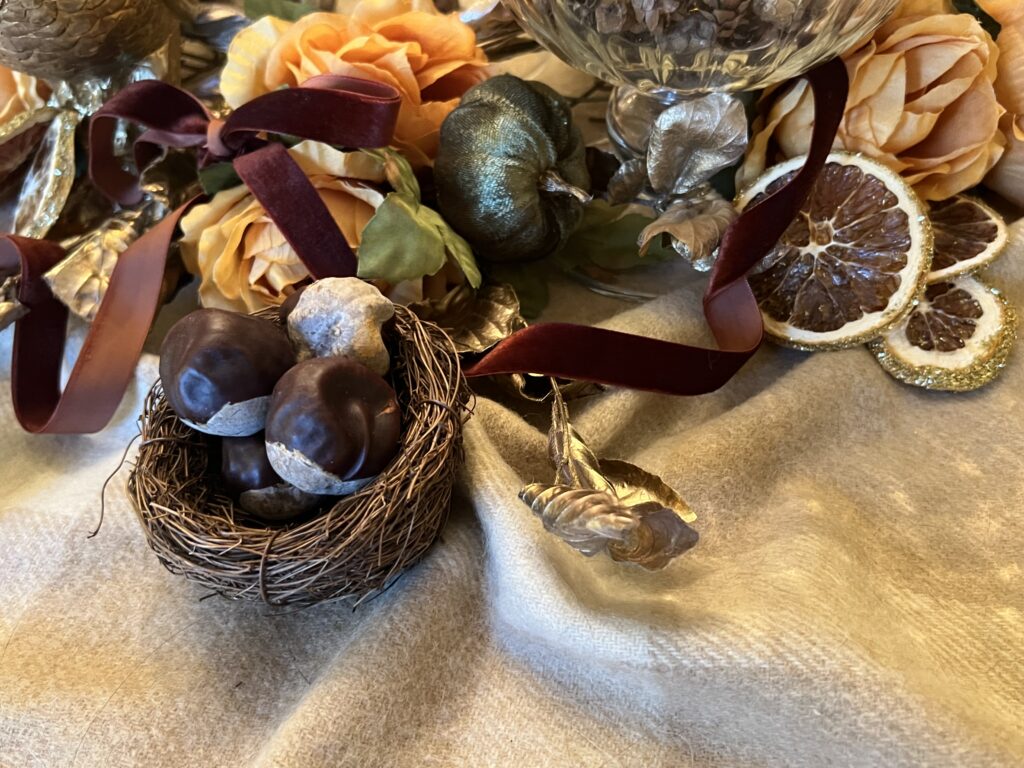
I’ll be doing a tutorial on how to make the orange slices soon; their edges are dipped in Gold German Glitter Glass!
I make the gold leaves by literally letting branches of leaves dry and then just… spraying them with spray paint. I started doing this when my Christmas decorating budget was approximately zero dollars and love it so much I continue doing it to this day!
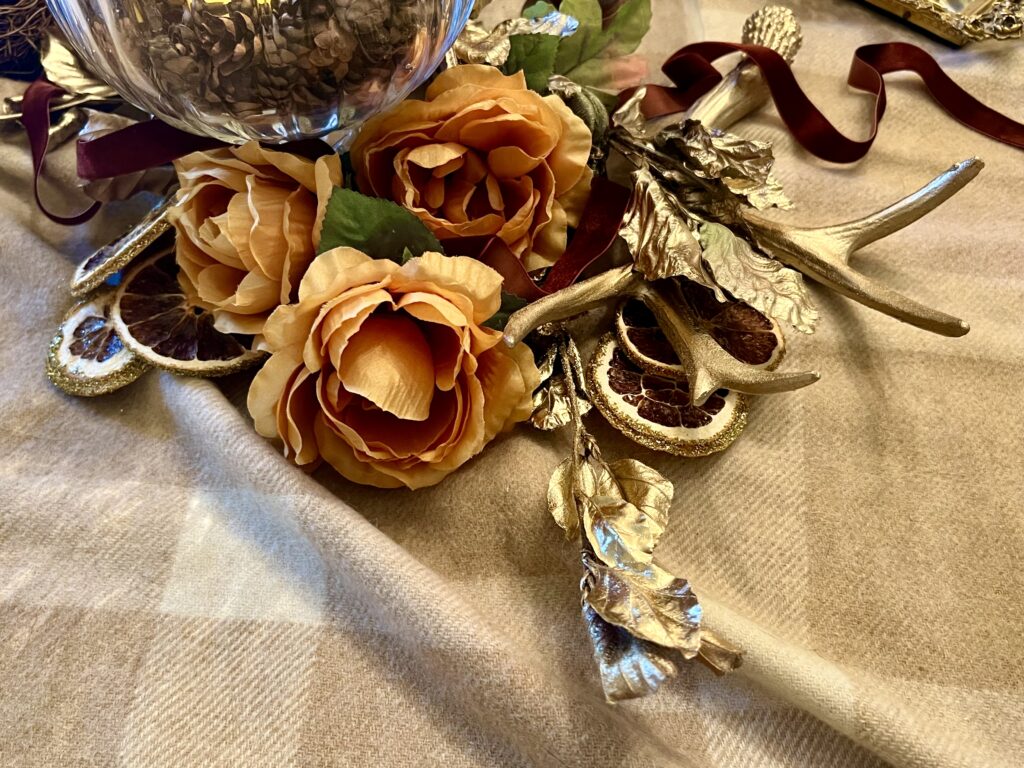
Refreshments!
The wine comes from Sonnenberg gardens, an historic victorian estate located in Canandaigua NY with a spectacular gardens. The embedded video shows a clip from the elaborately designed Italian Garden whose patterns only become obvious to the eye from the second story balcony.
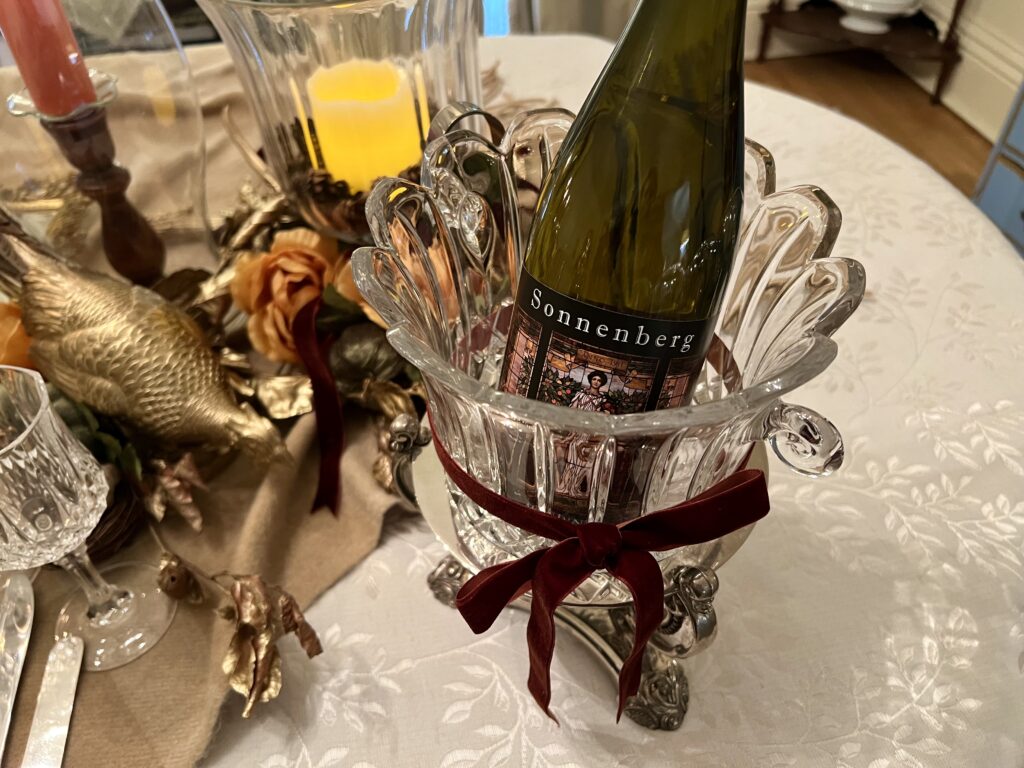
The crystal champagne bucket was recently gifted to me by my aunt from her personal collection. She felt I would use it more than she would, and I am surely delighted to have it! The brown velvet ribbon really captures that earthy richness that flows through the whole tablescape, from the pheasant feathers to the foraged chestnuts.
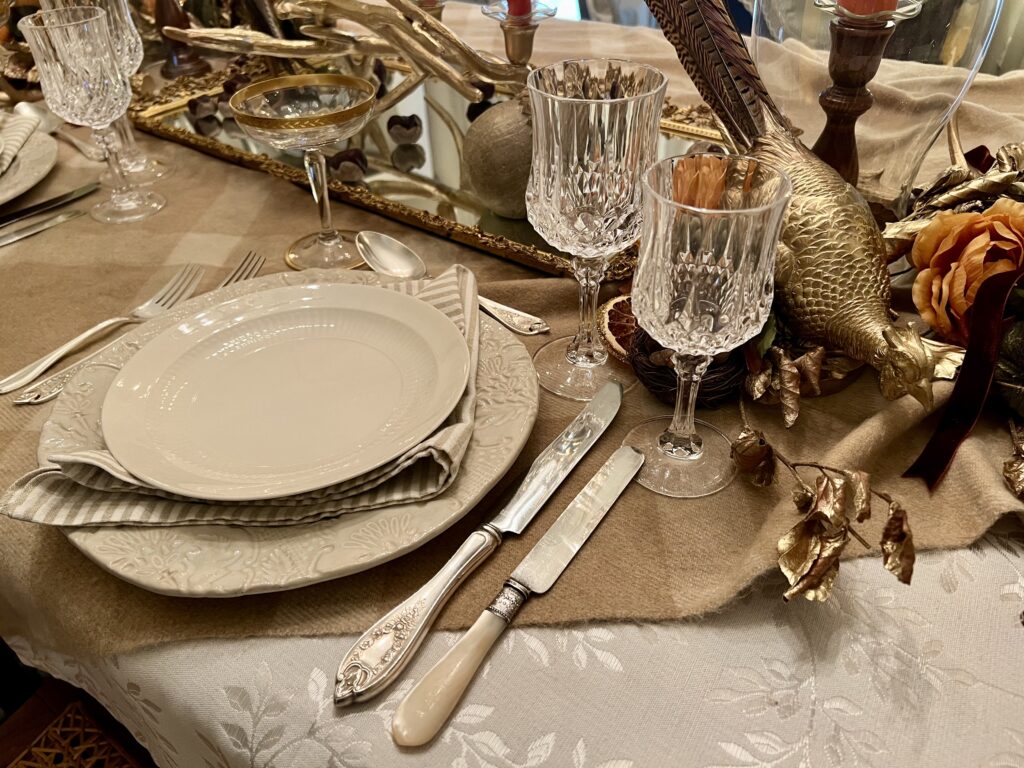
Place Settings
The place setting is a combination of vintage and new items. The coordinating crystal stemware has been thrifted from both estate sales and from Etsy. The antique silver-plate flatware is a mix of inherited and thrifted pieces and the precious victorian butter knives with those sweet mother-of-pearl handles are from the 1850s! They say “Meriden Cutlery Company” on the blades.
I used plates from Anthropologie that were purchased nearly 15 years ago from their clearance rack – I was in nursing school and the price was right! – and the smaller plates are antique English ironstone, thrifted from an estate sale.


I love the way the different woodland elements of the tablescape look like they’re lowing over the surface. It’s as though they were just casually poured out on the table in a wave of abundance!


